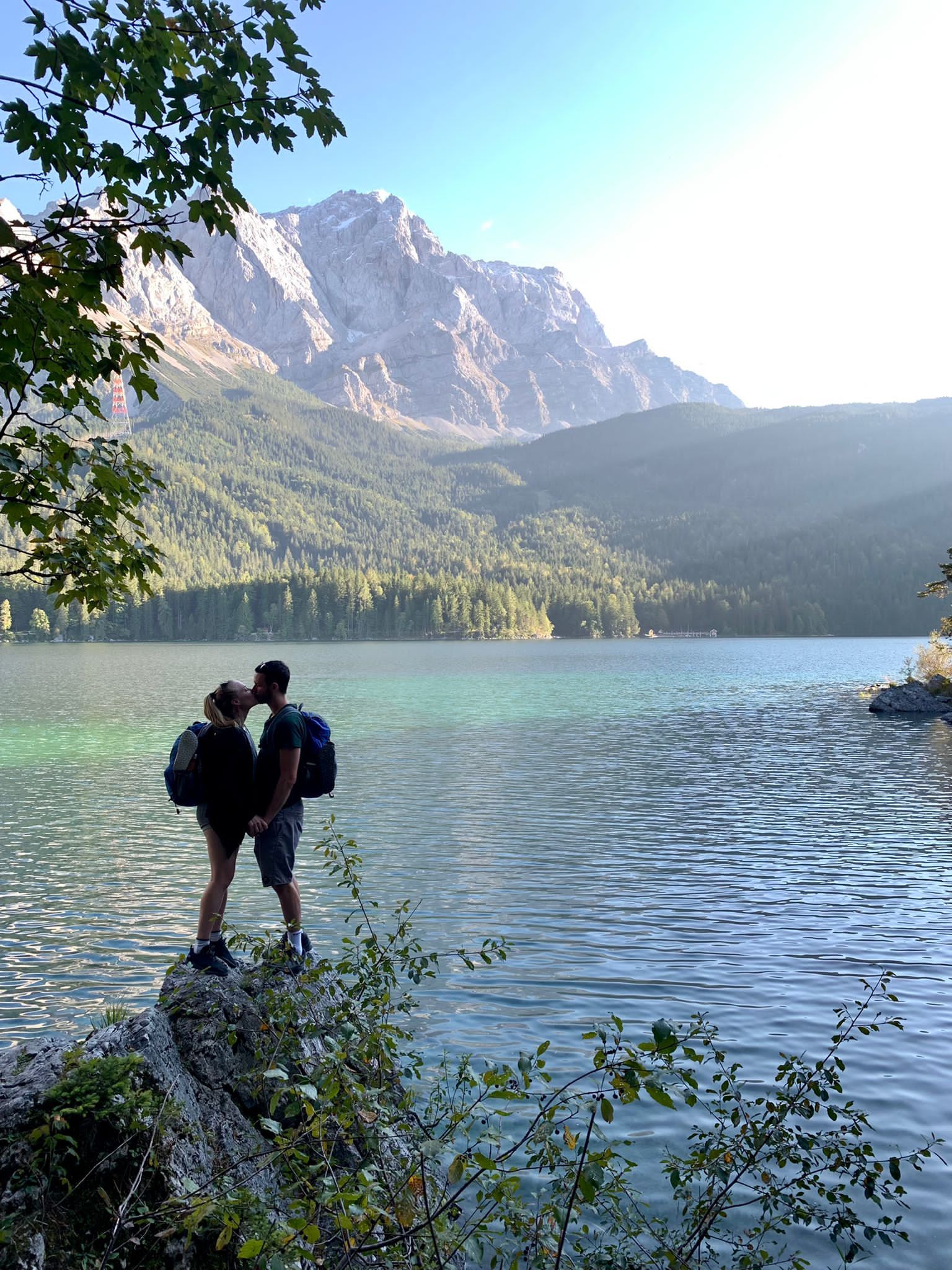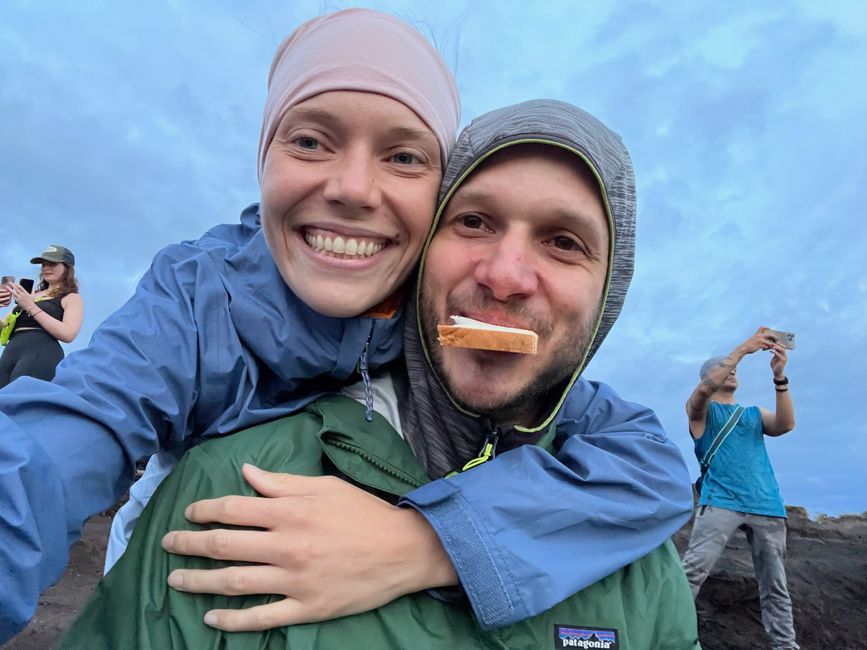Rapa Nui (Easter Island)
نشرت: 22.06.2023
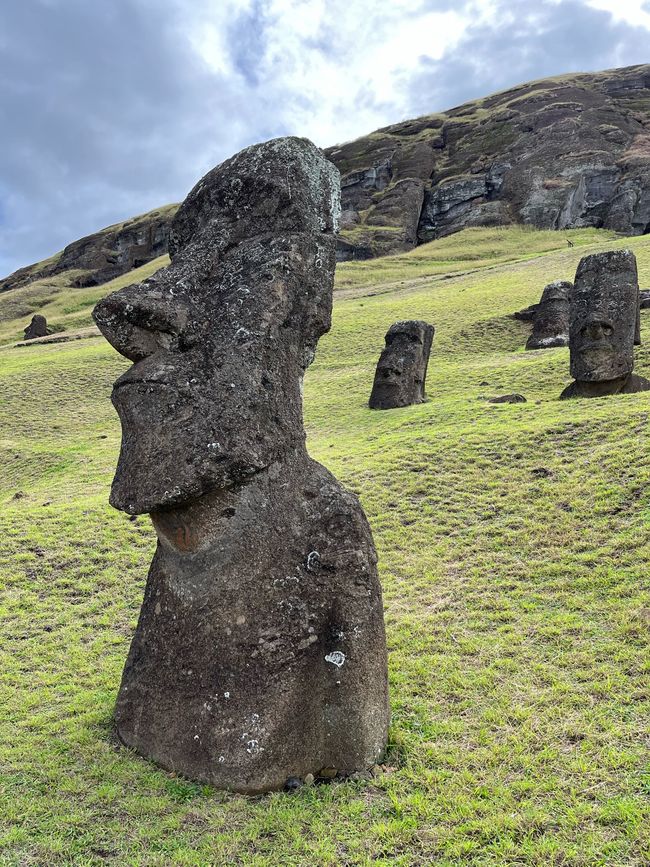
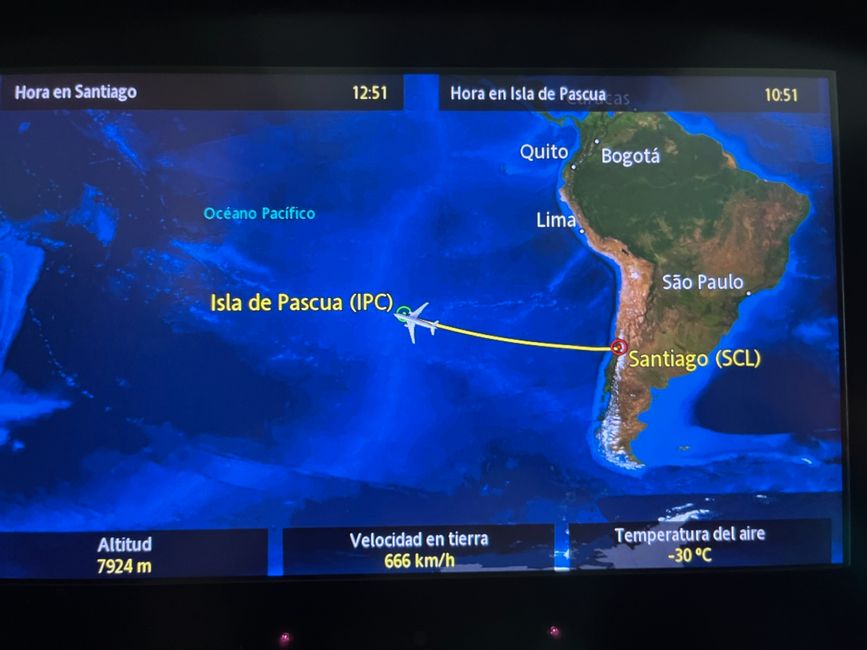
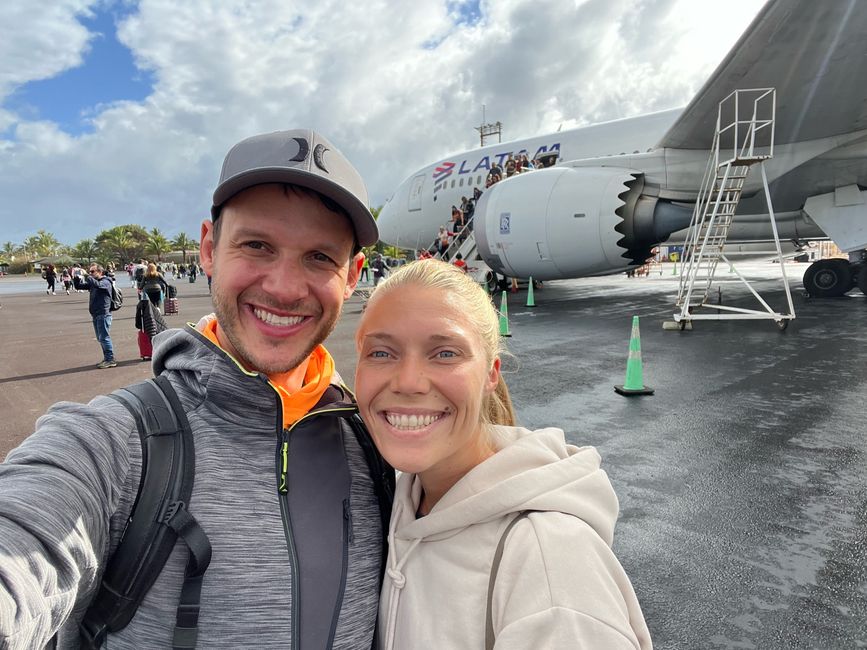
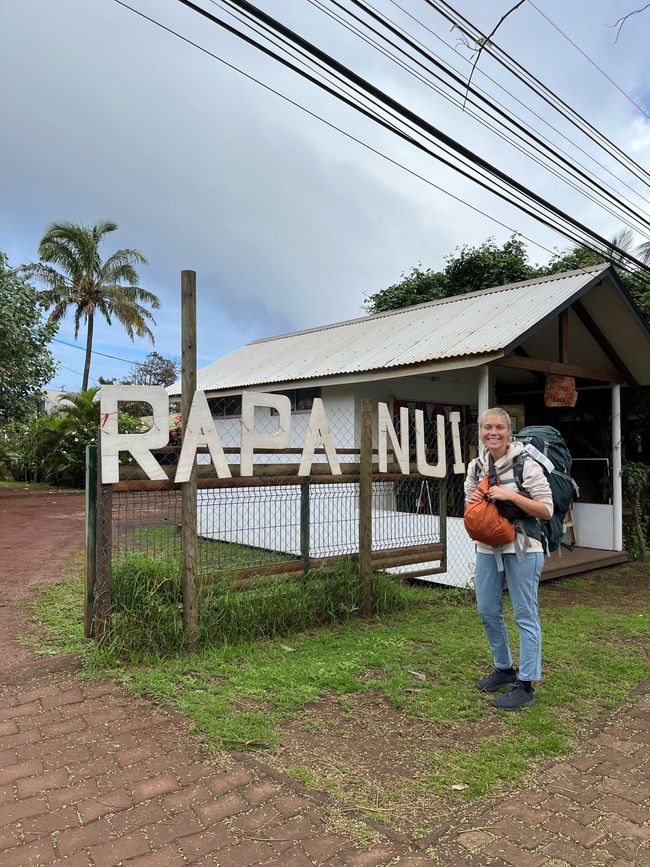
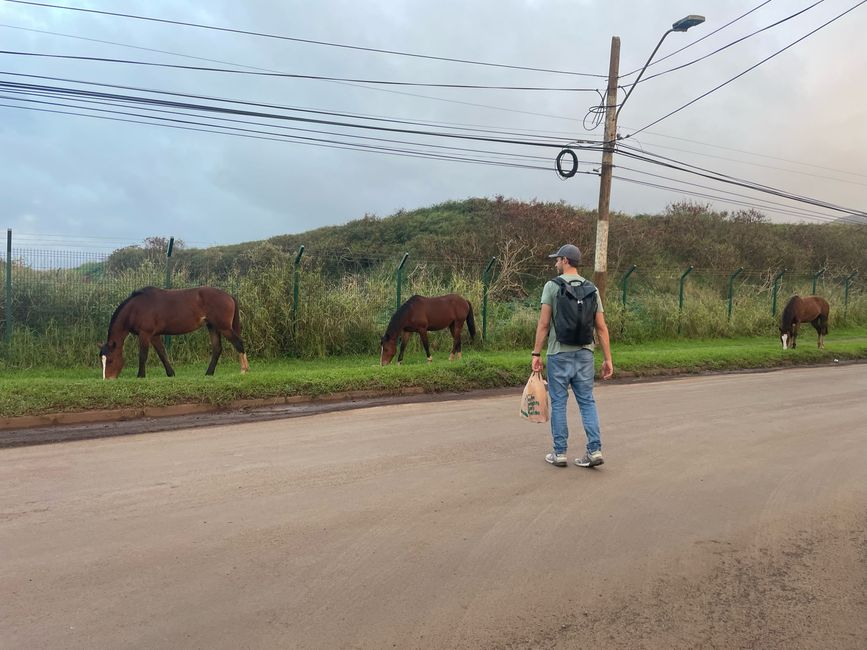
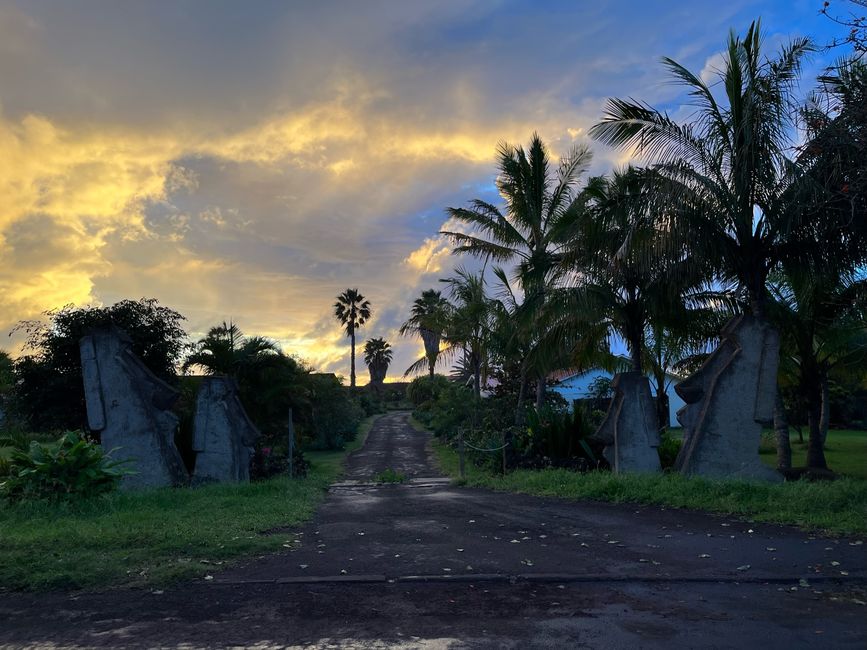
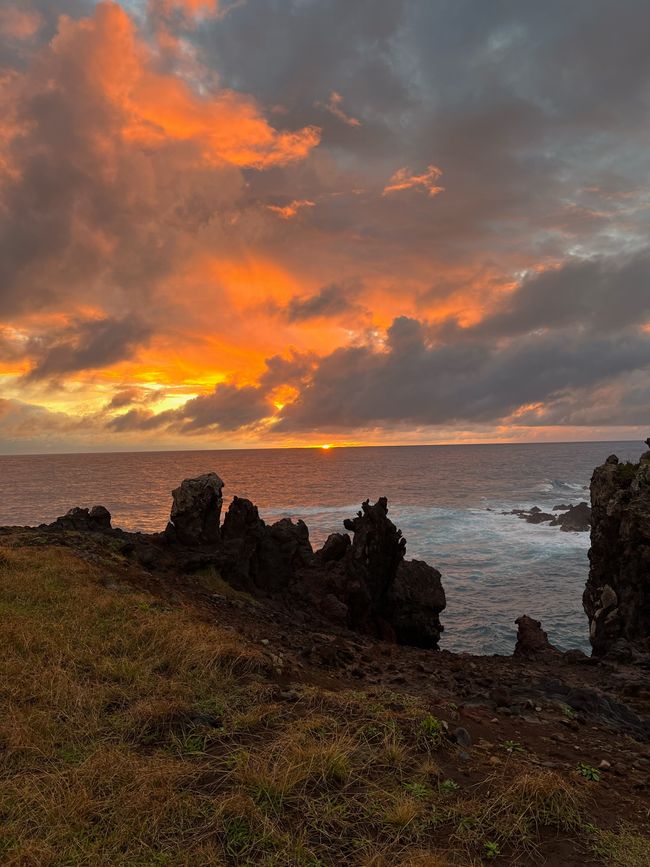
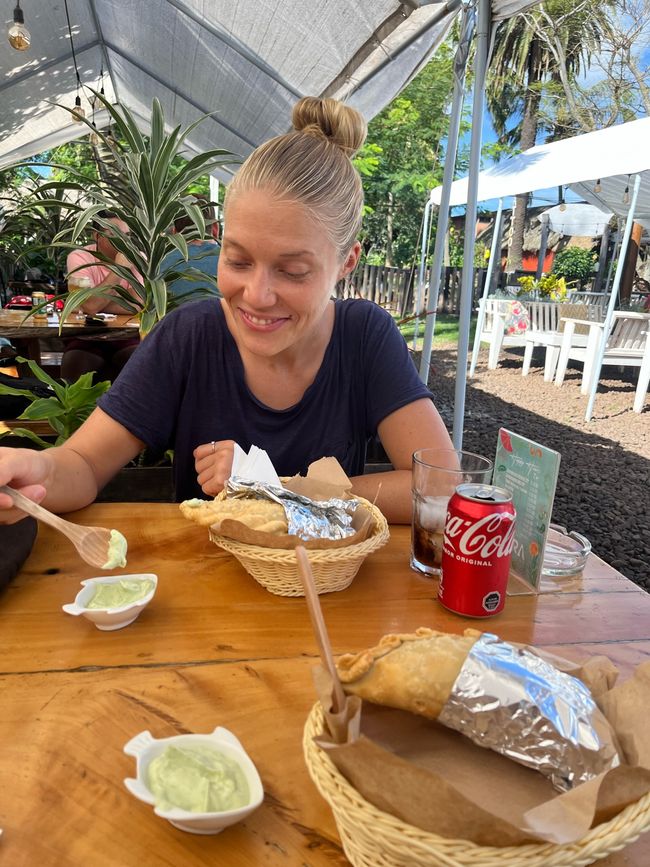
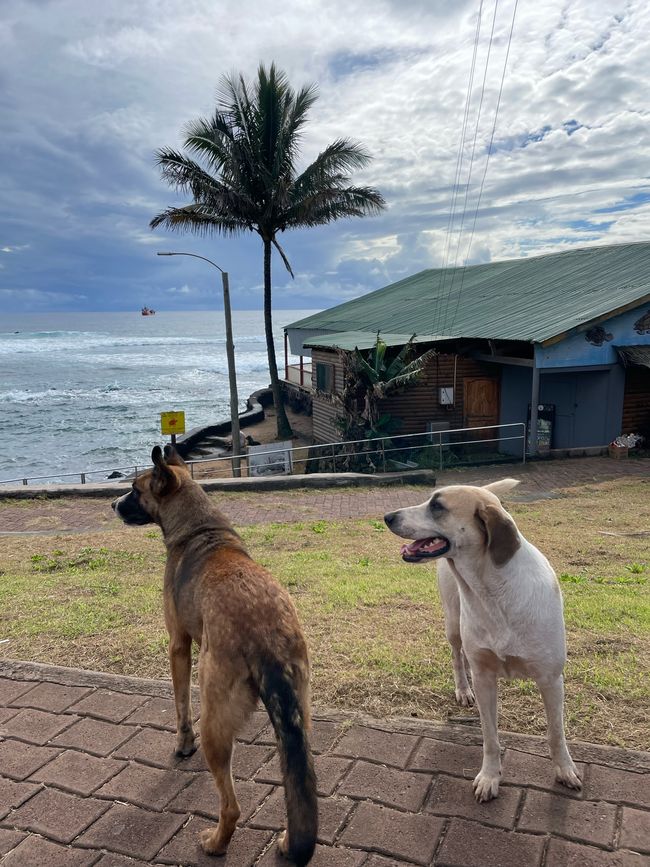
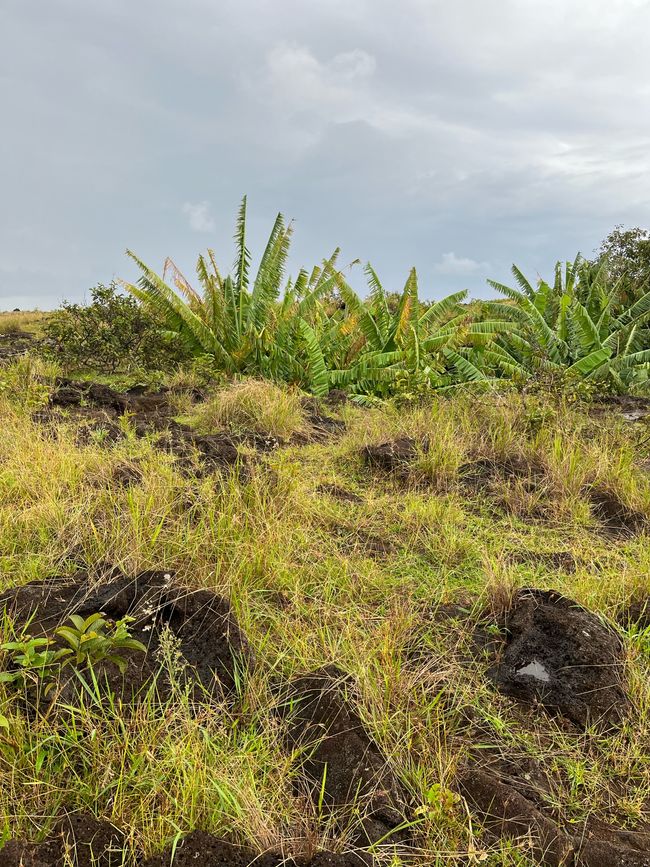
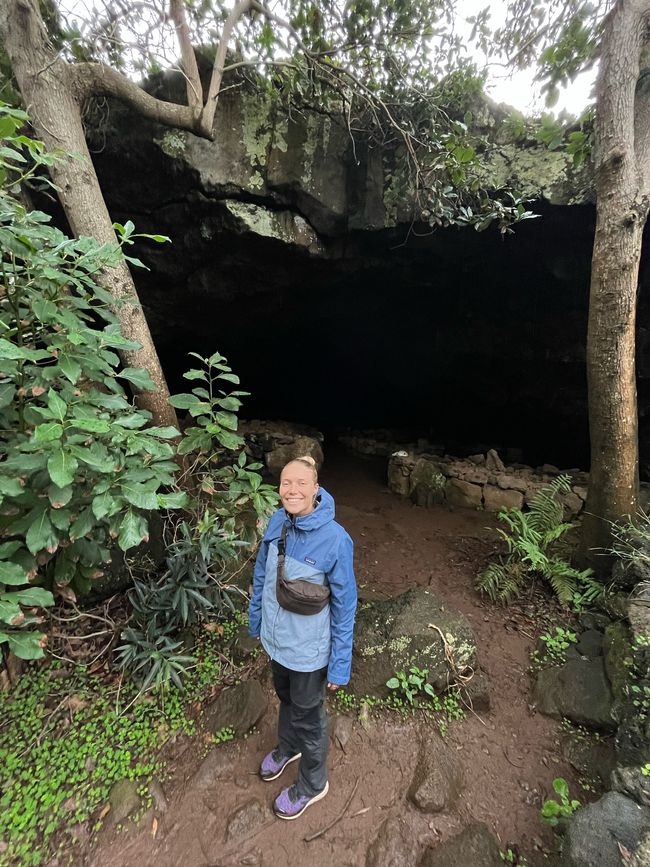
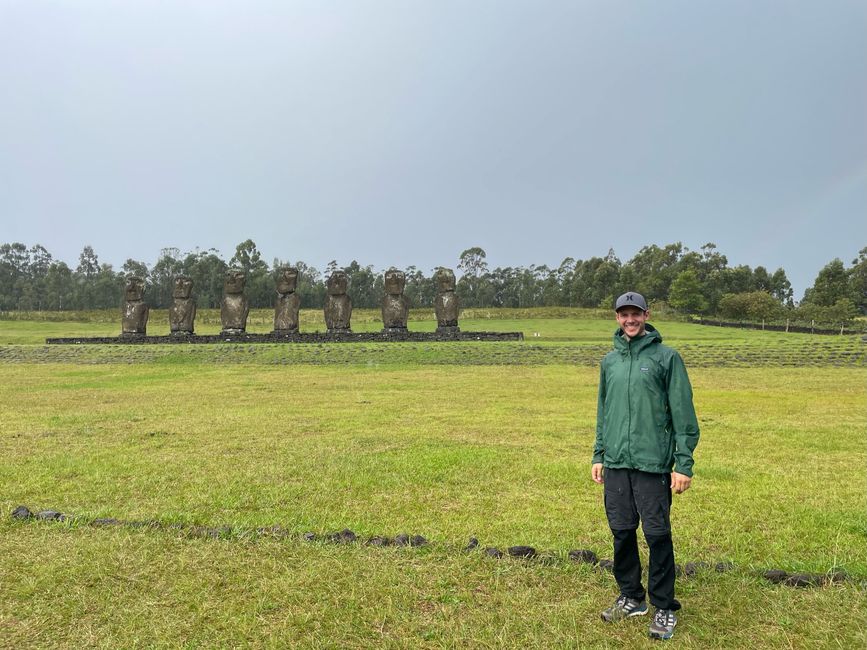
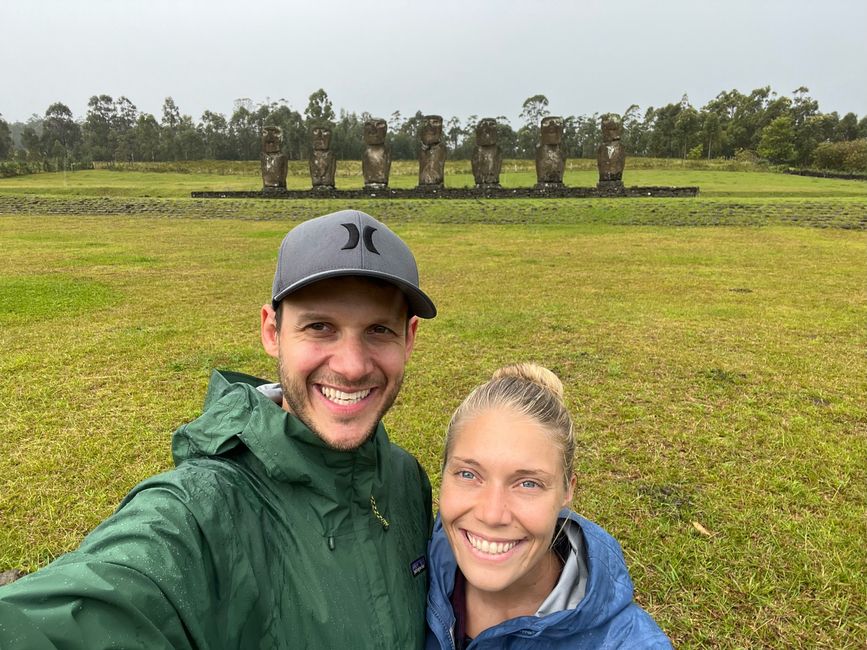
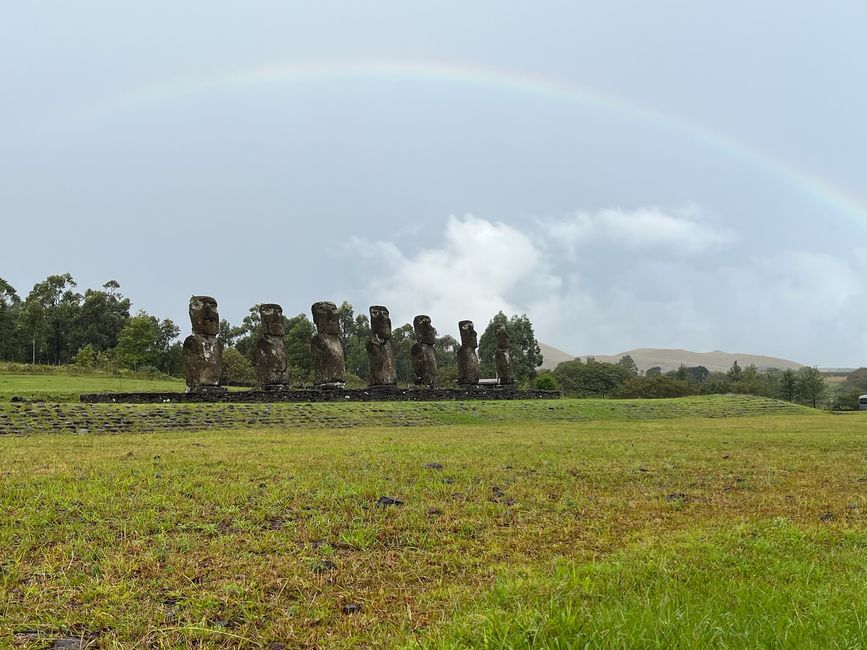
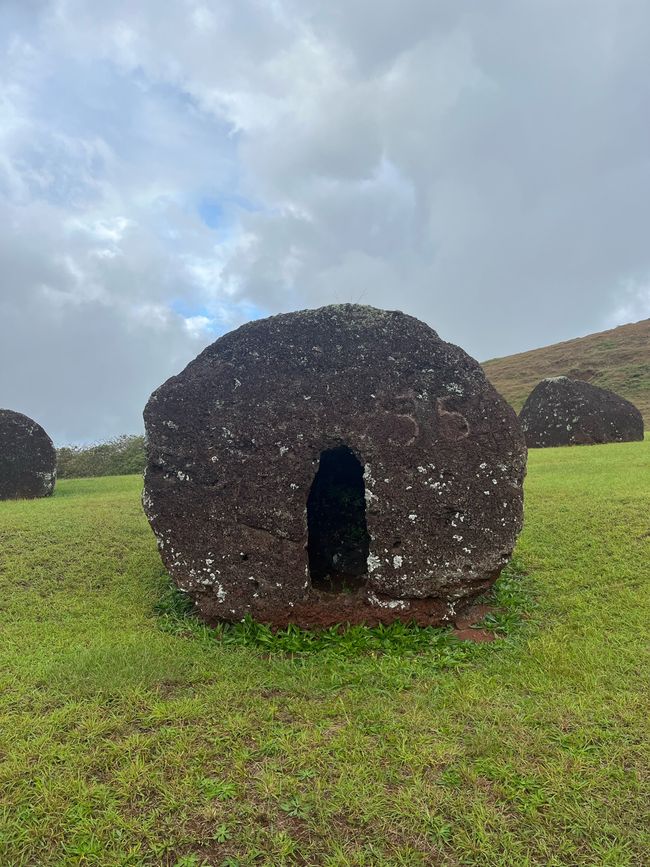
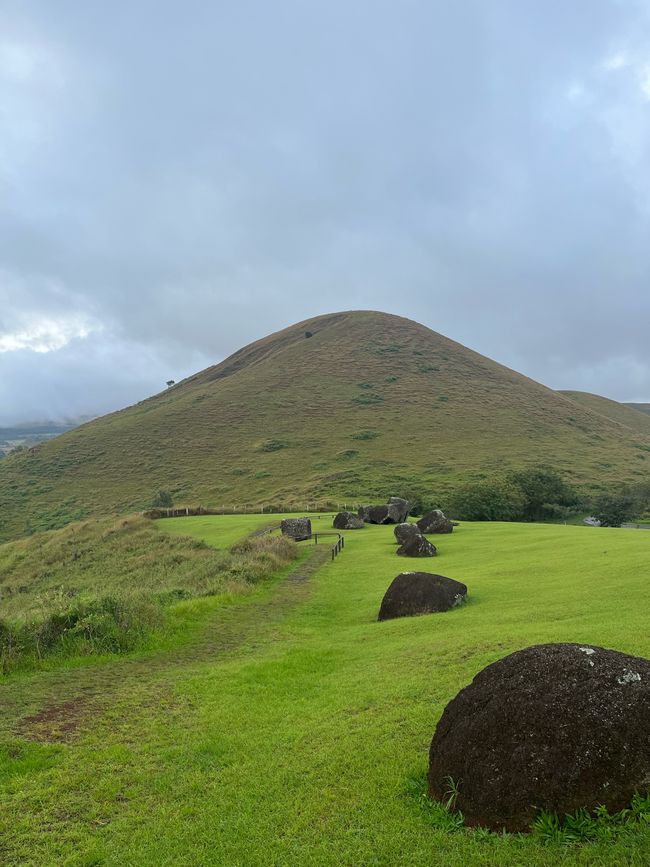
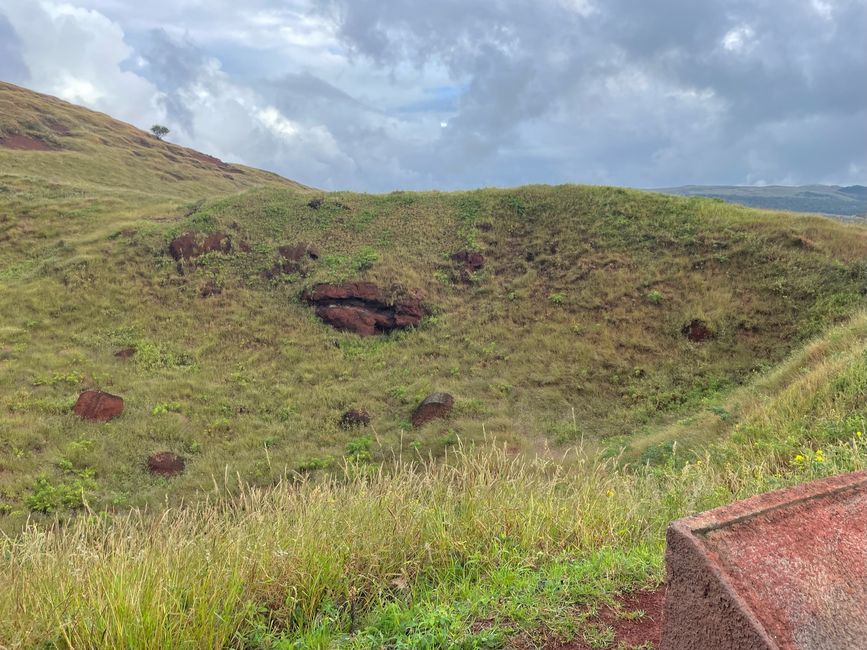
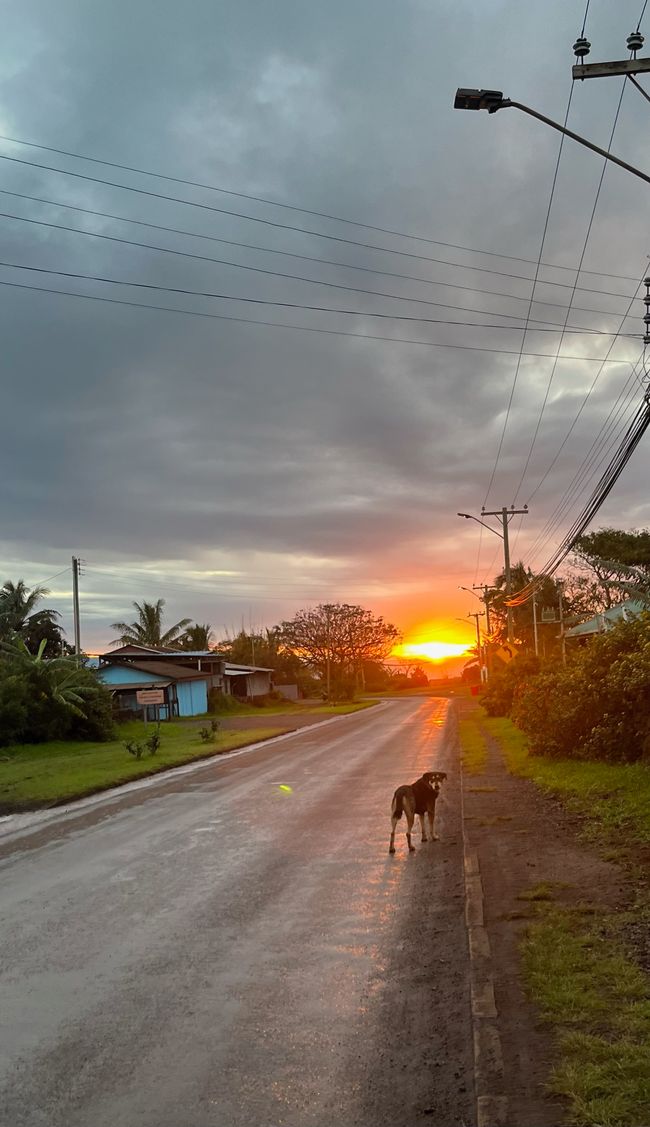
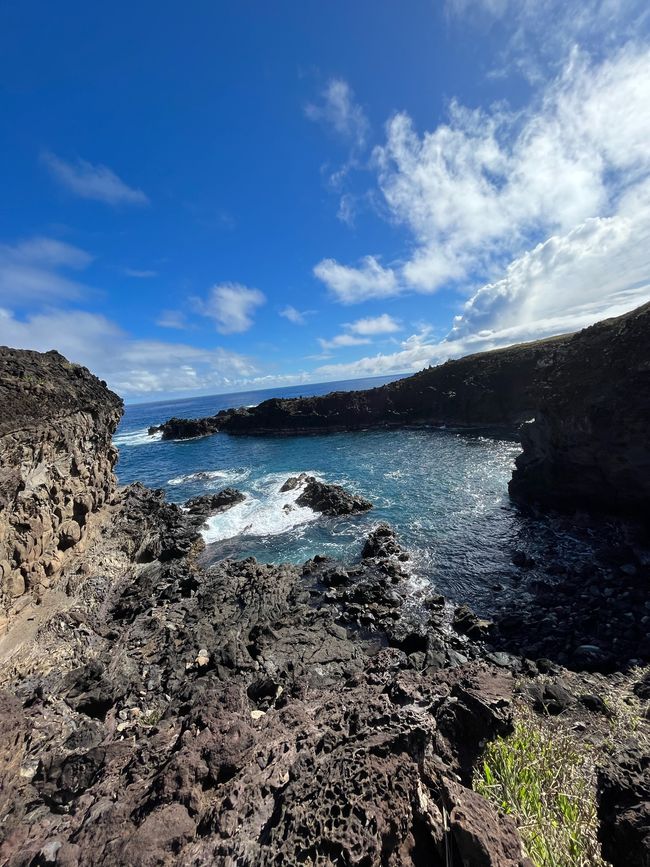
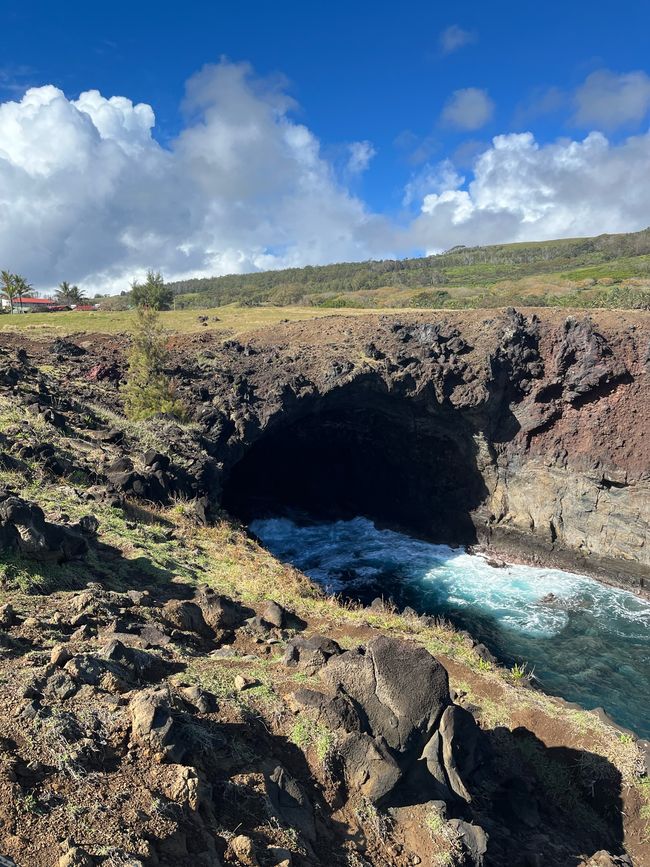
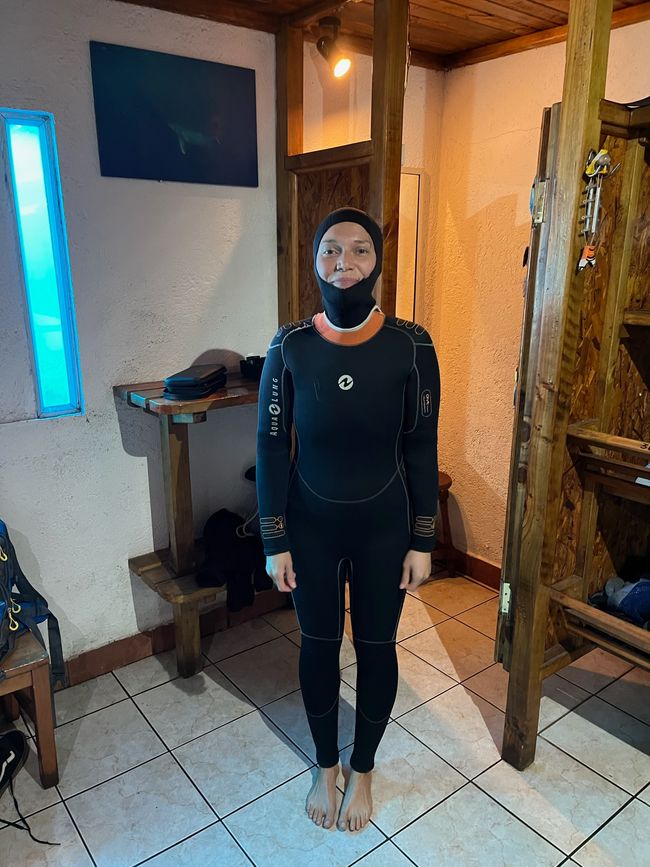
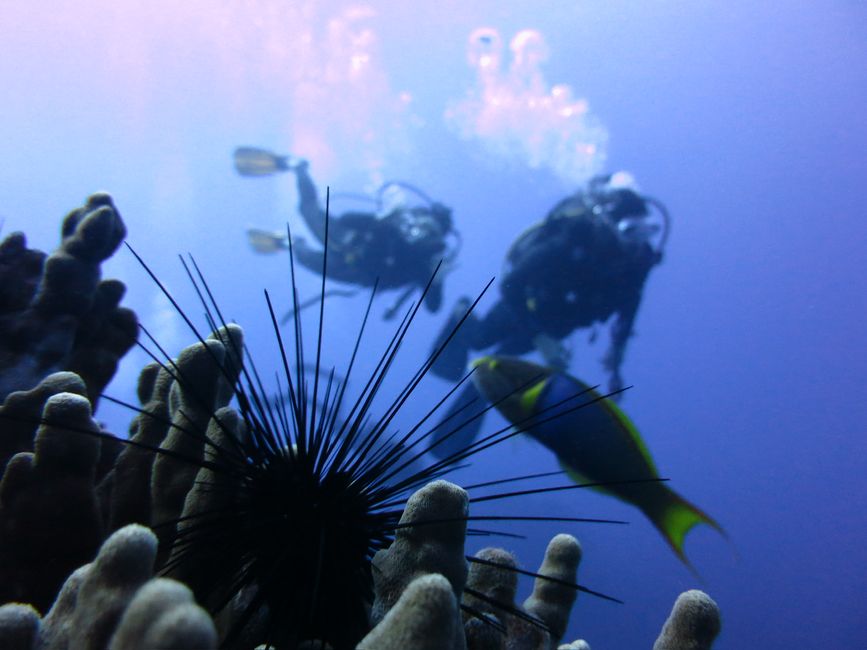
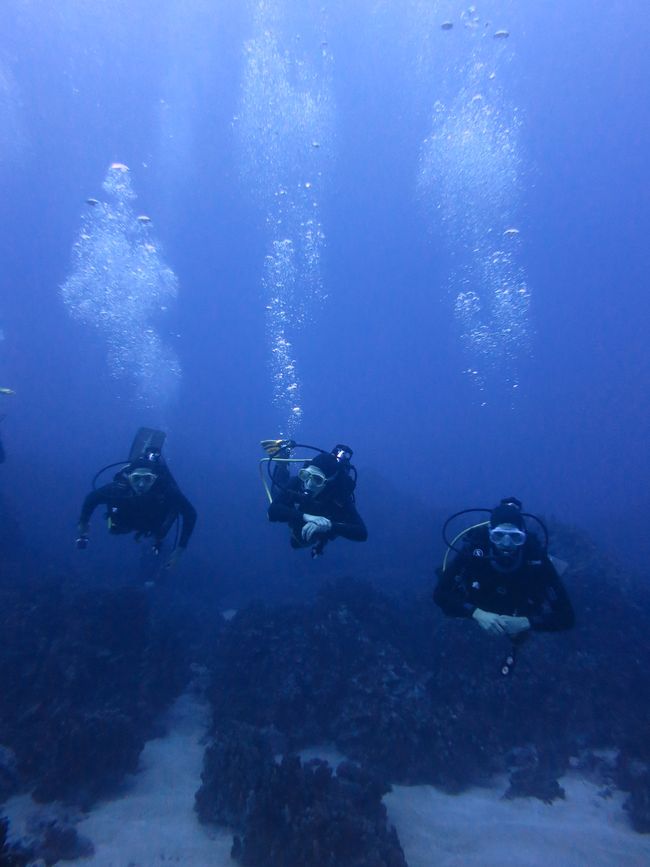
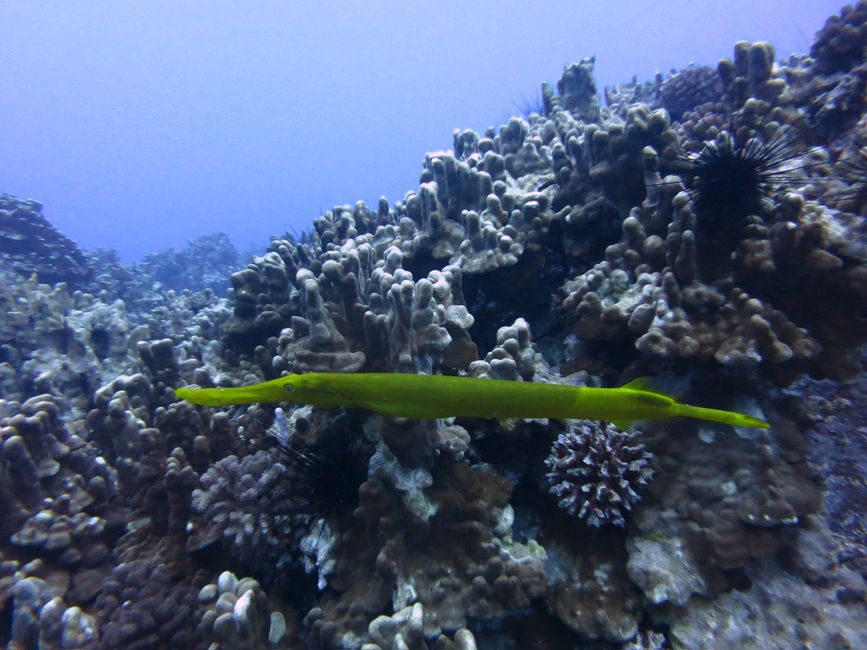
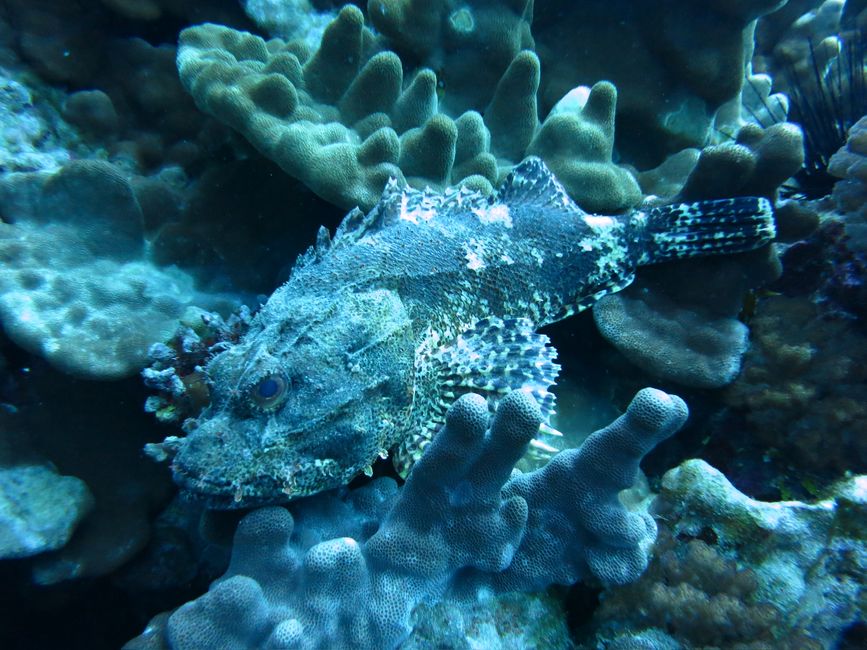
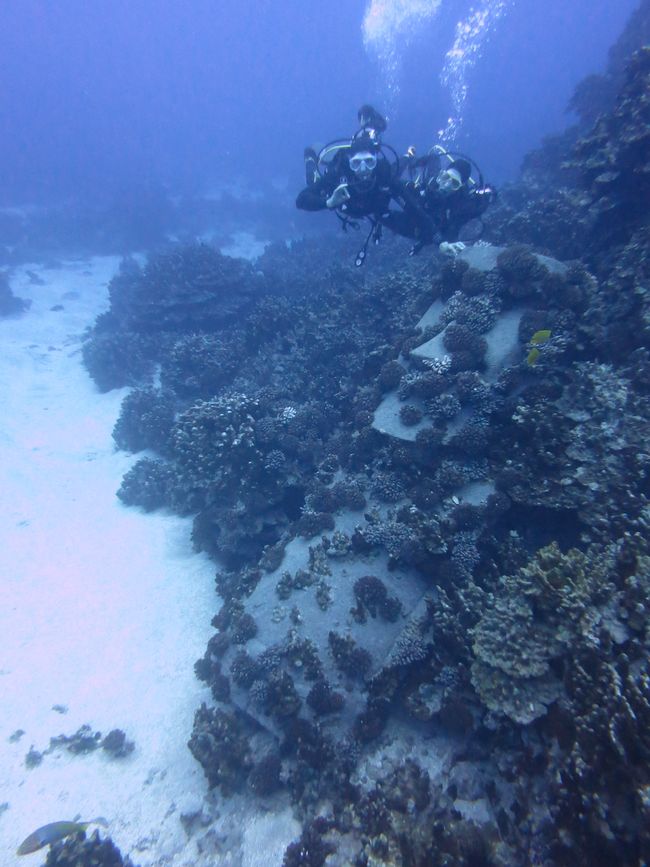
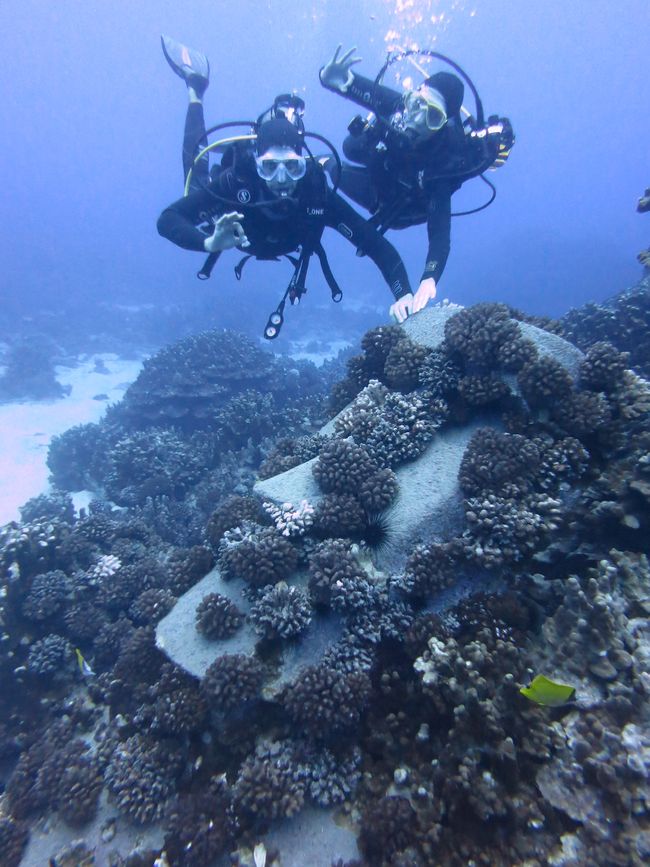
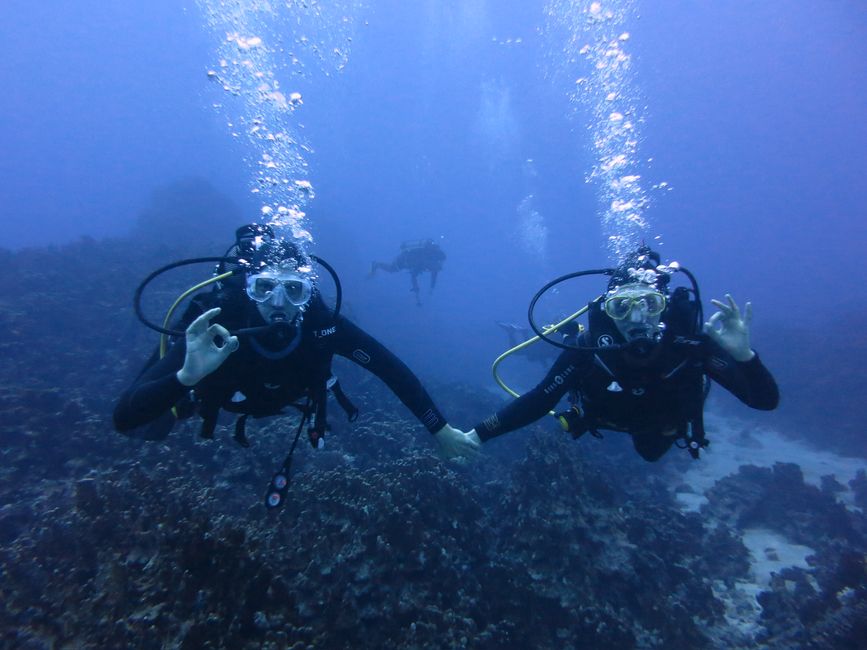
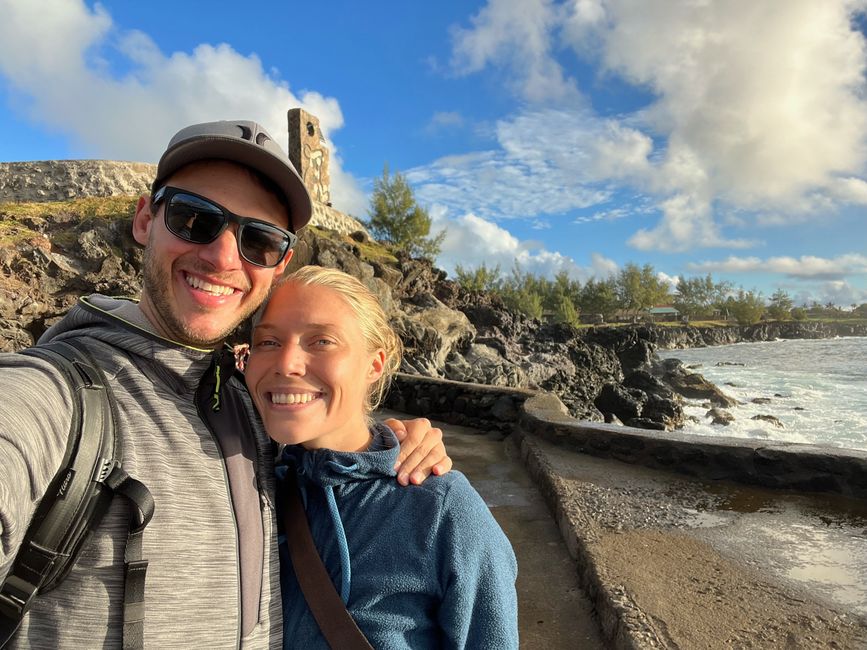
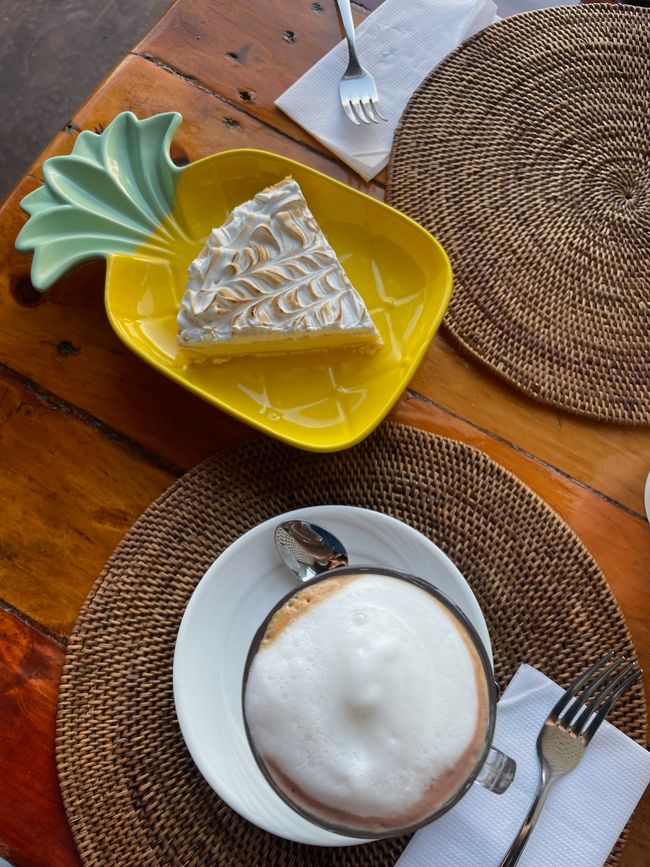
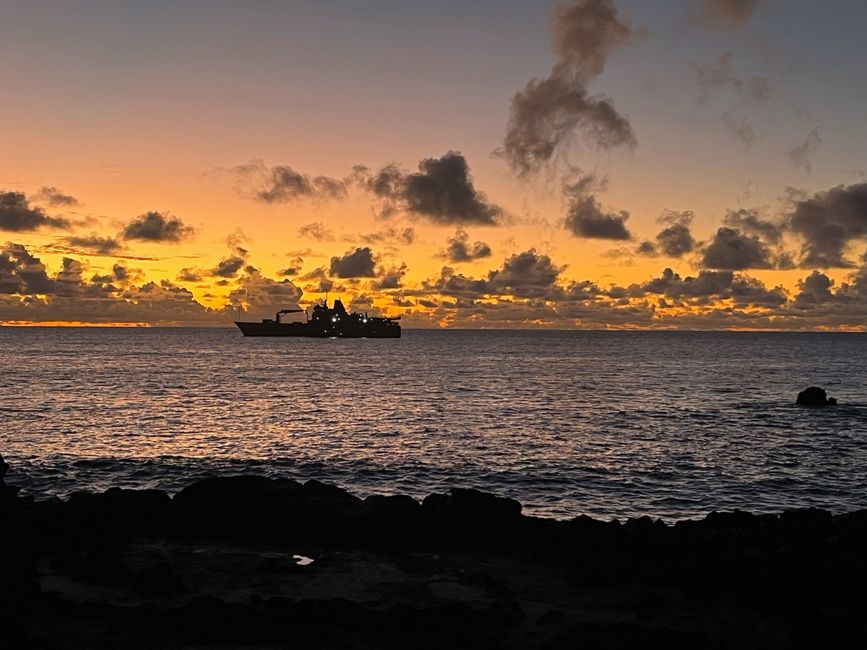
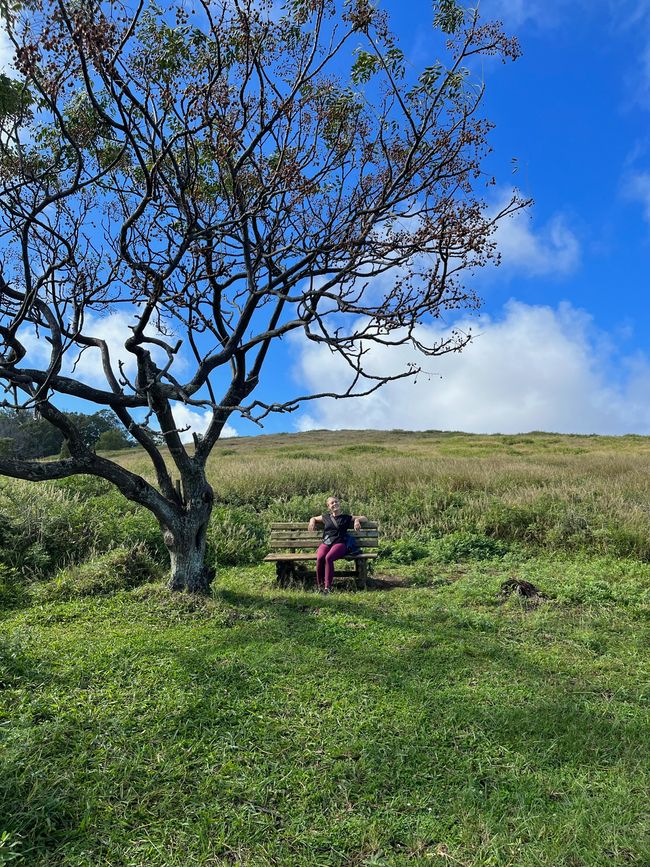
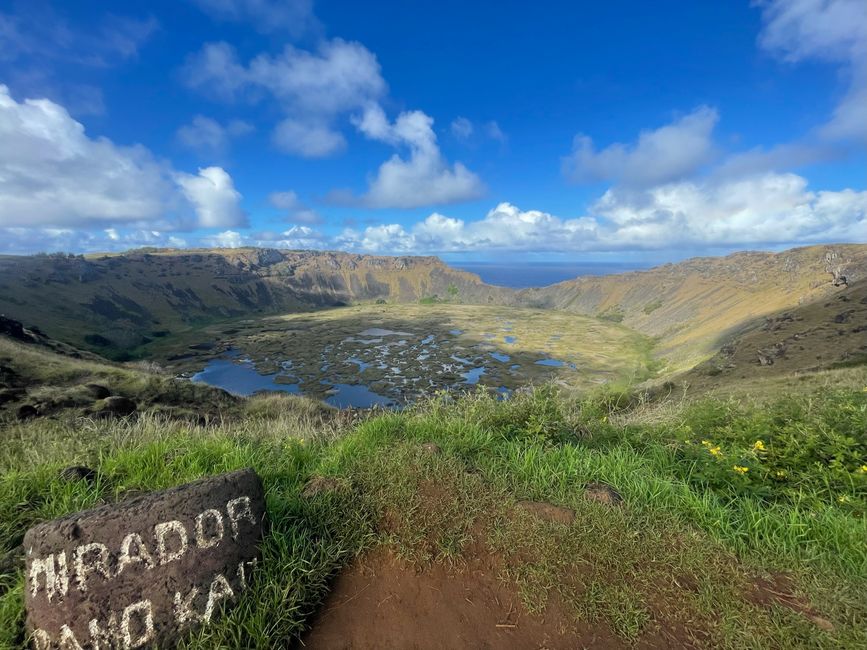
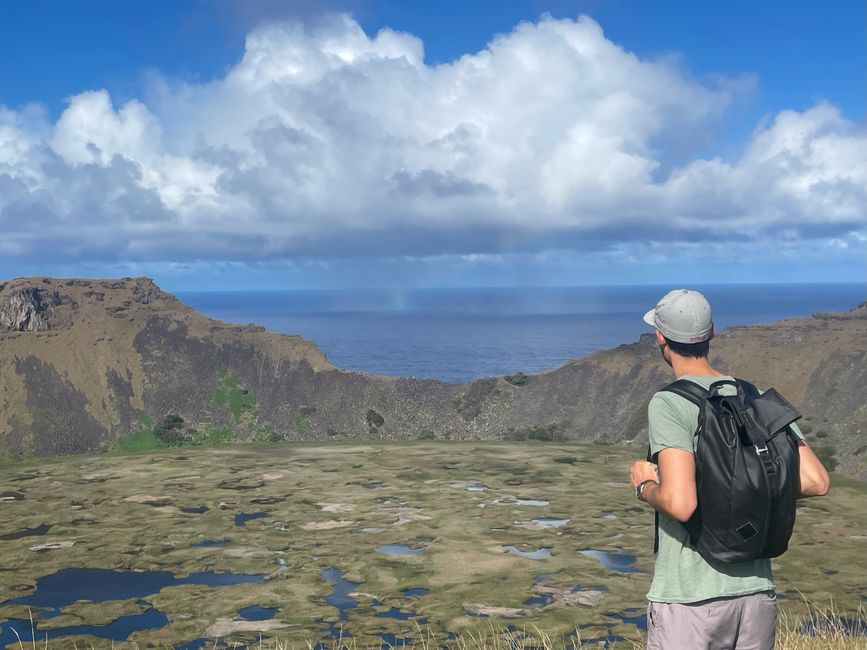
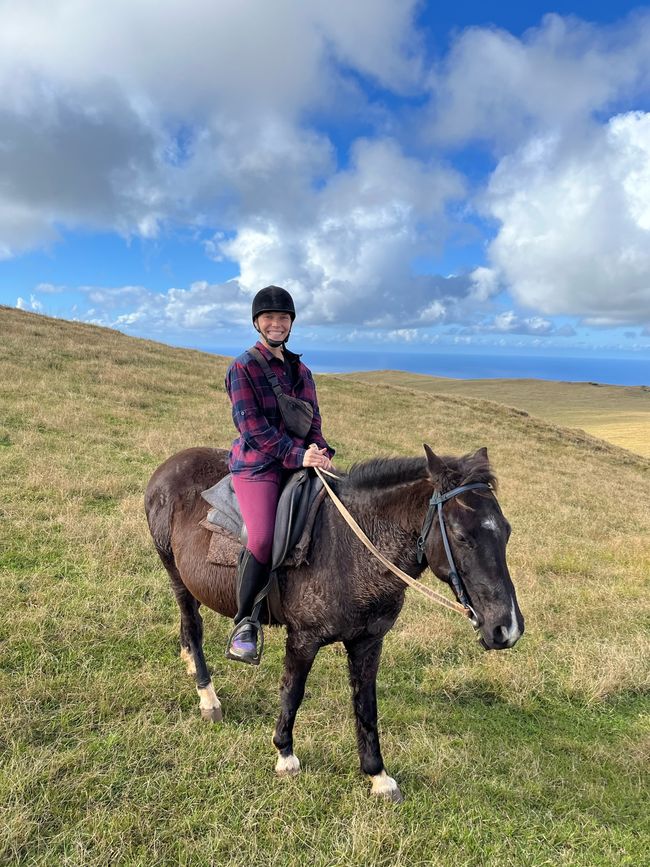
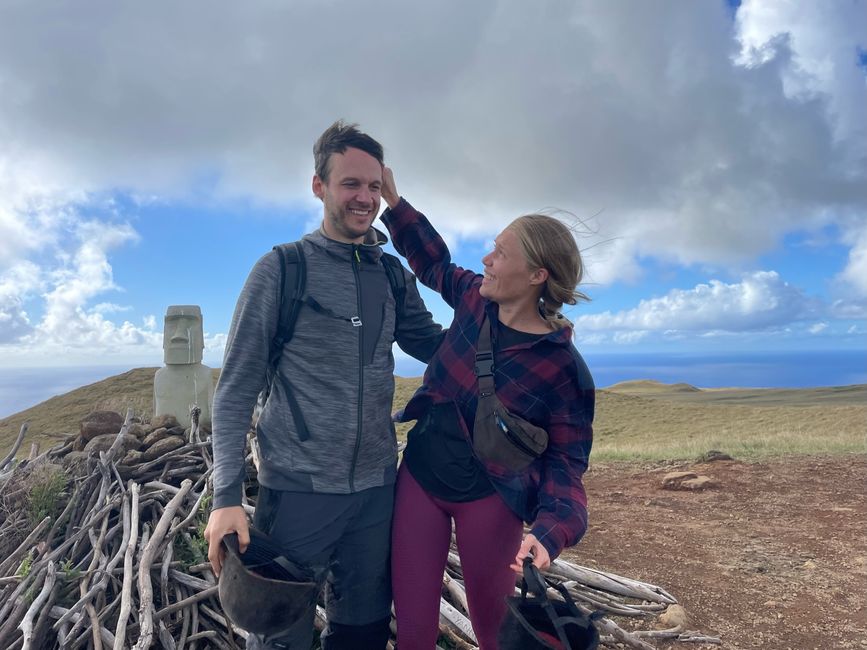
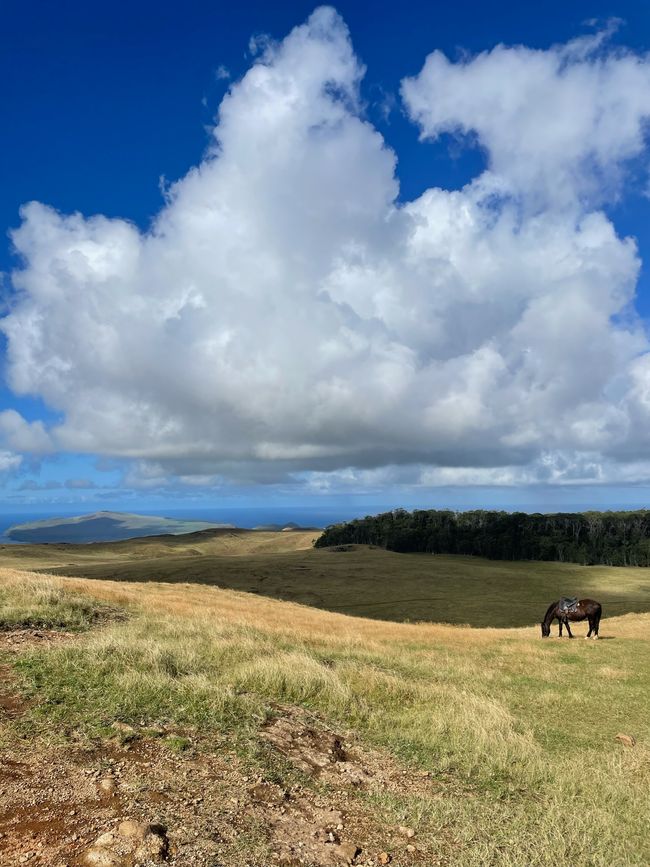
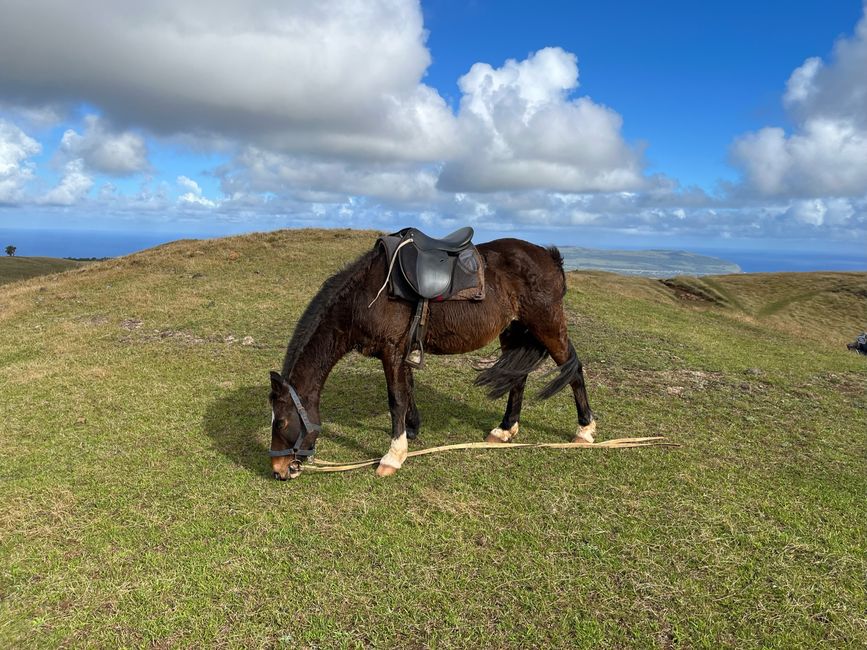
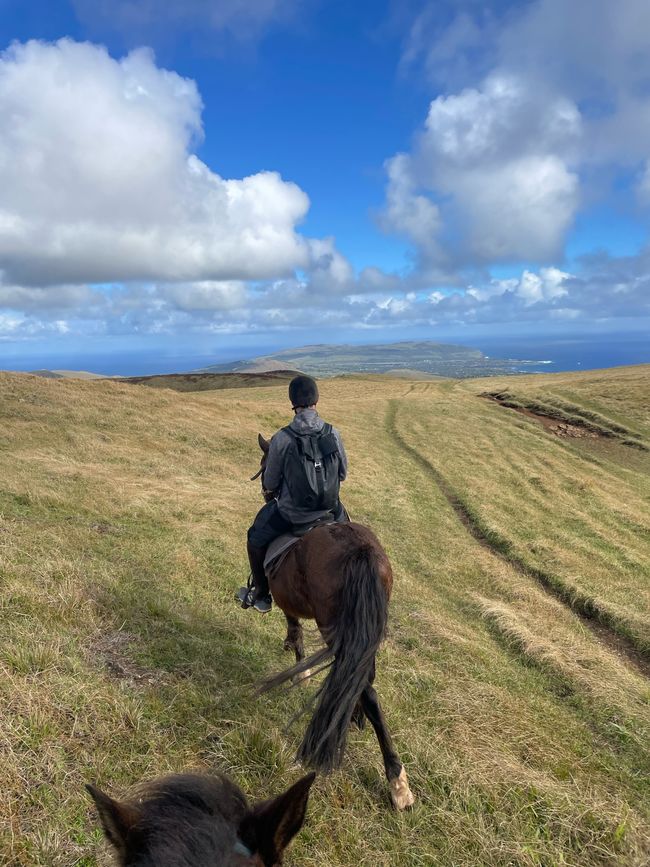
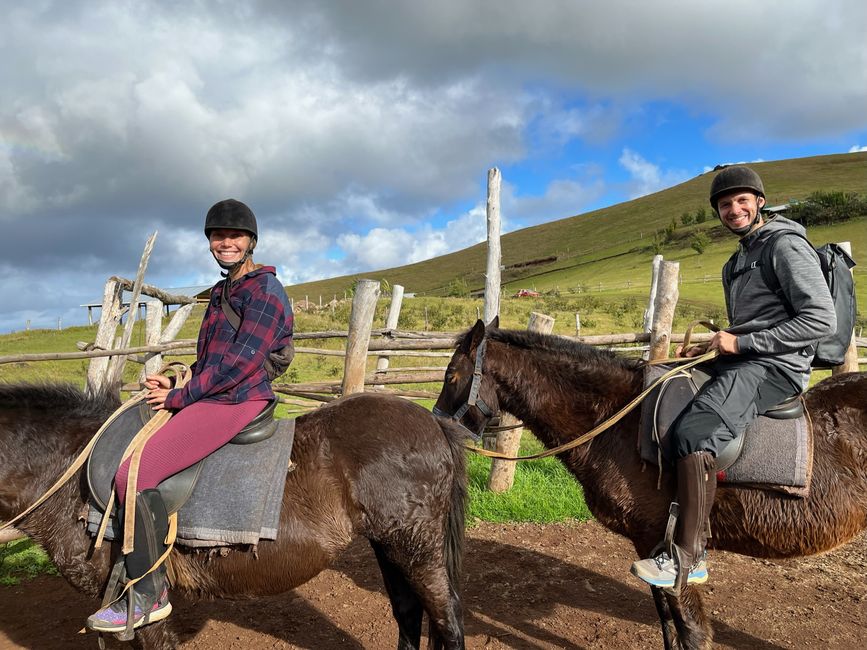
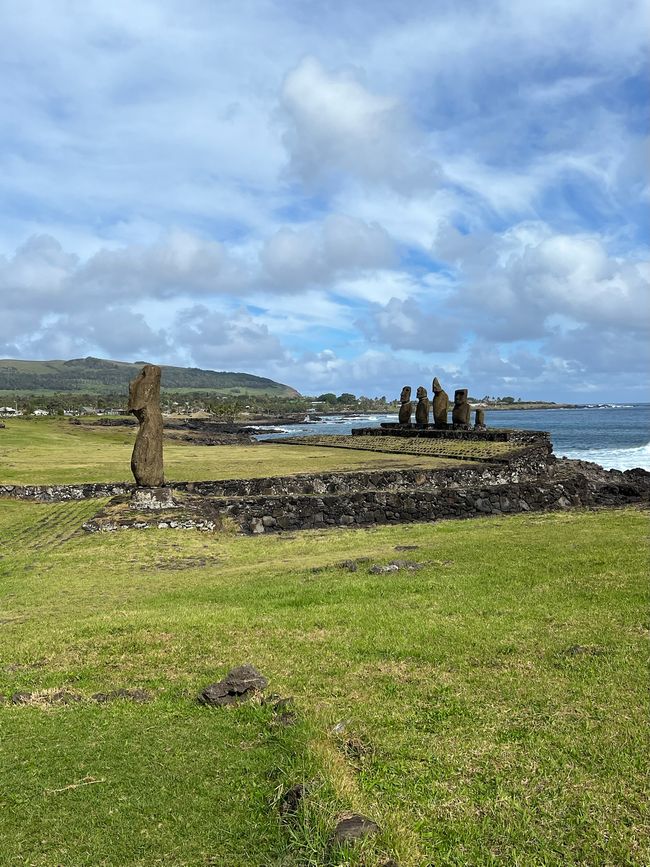
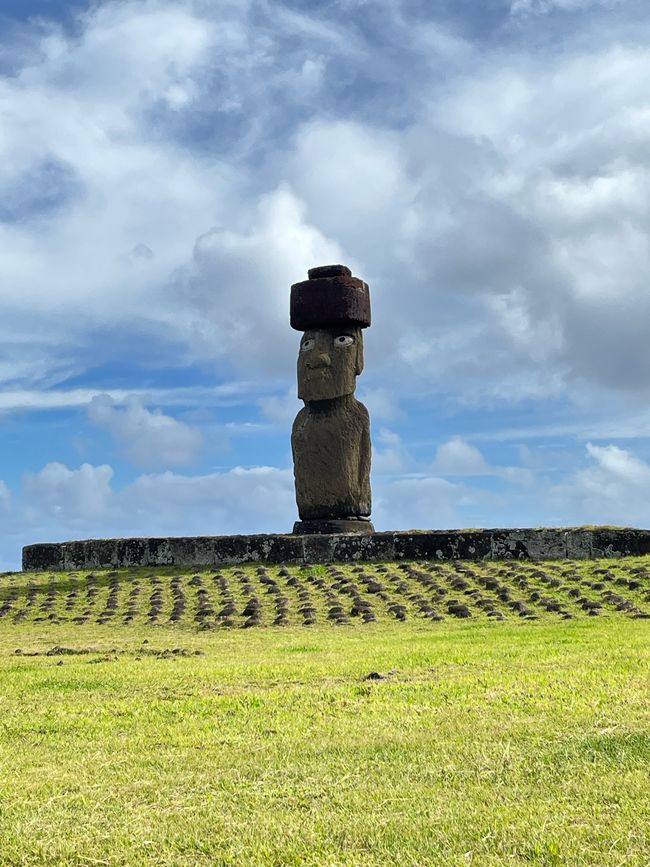
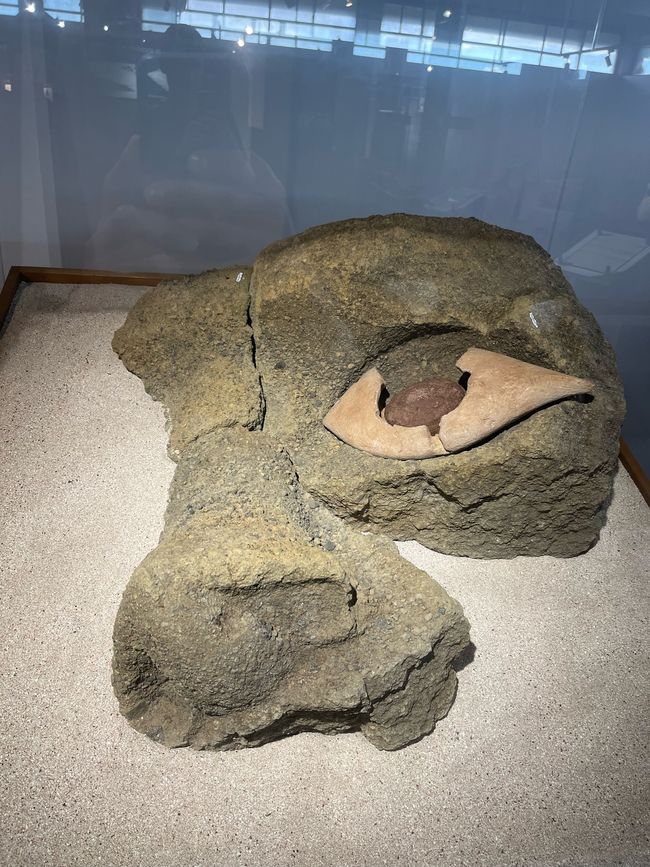
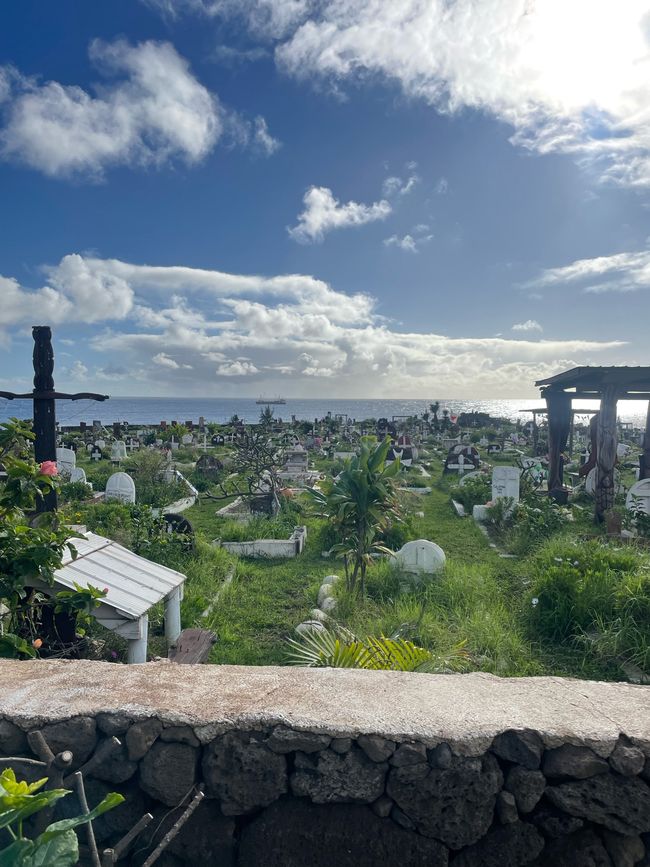
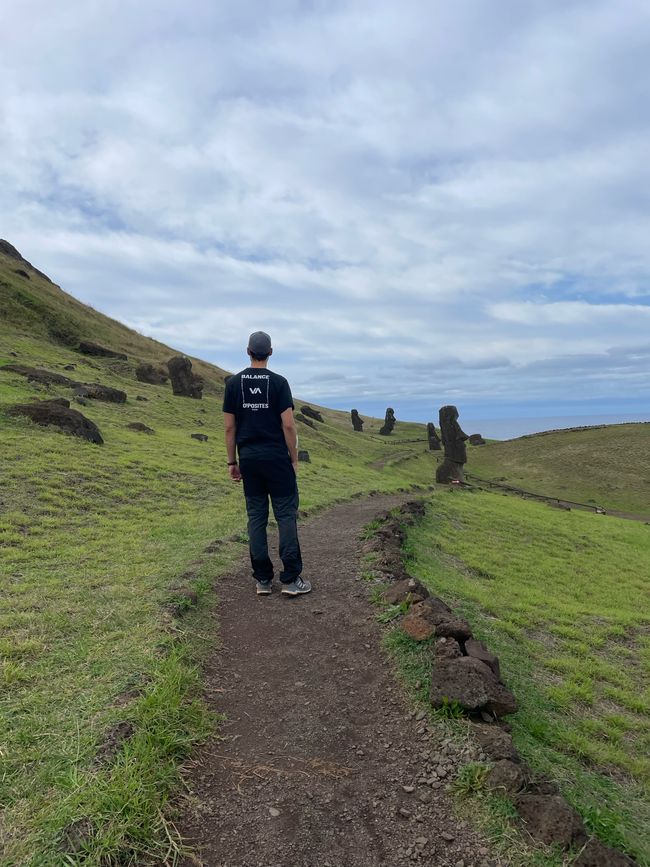
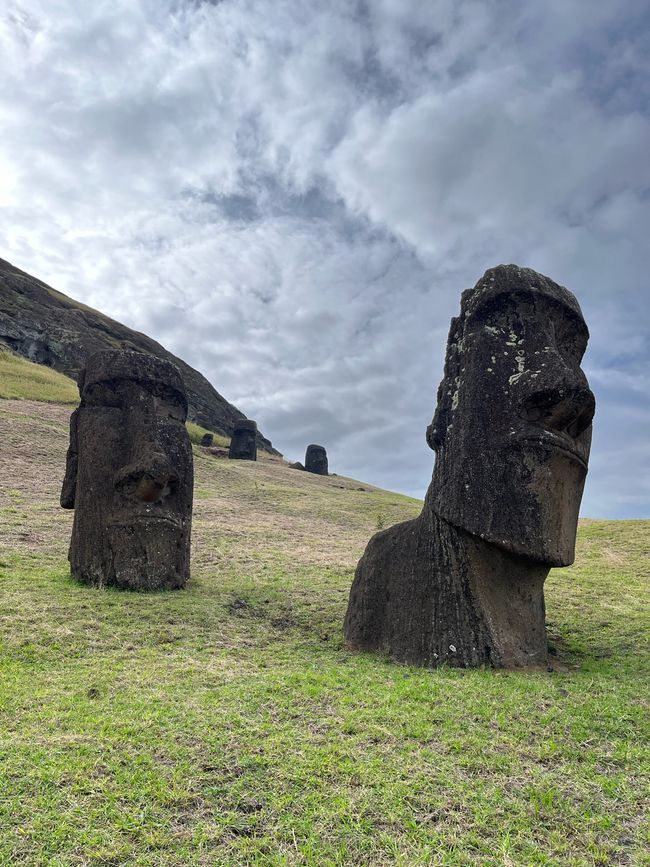
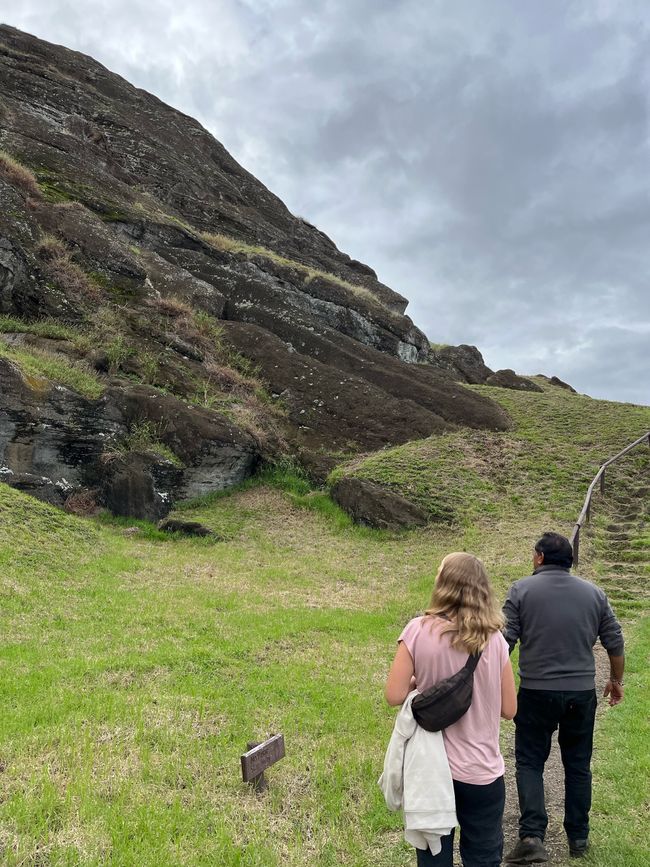
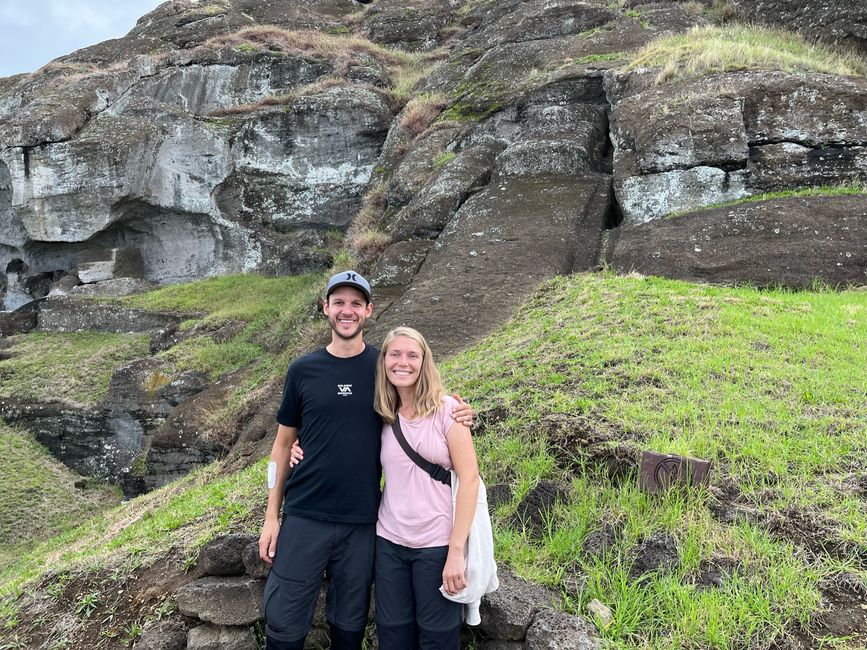
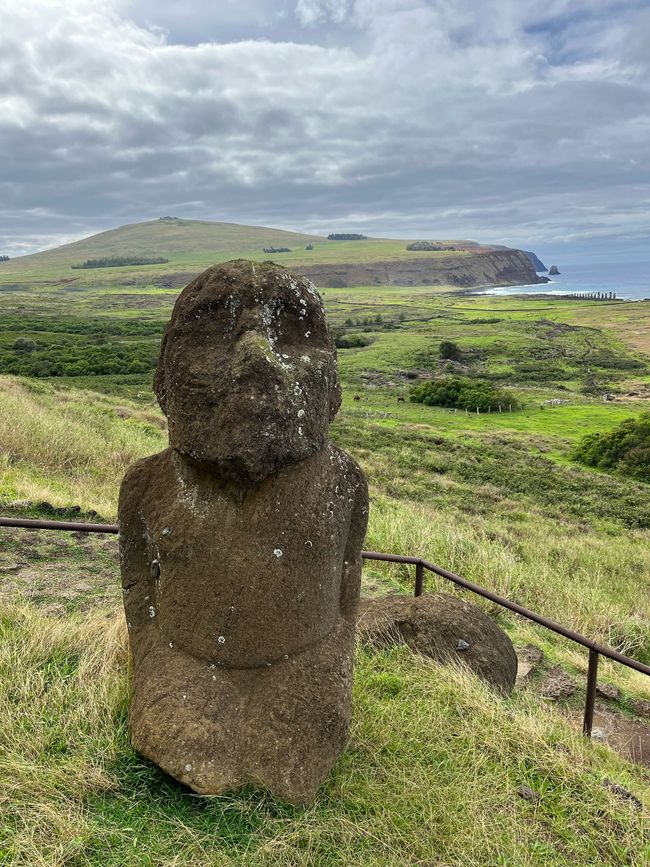
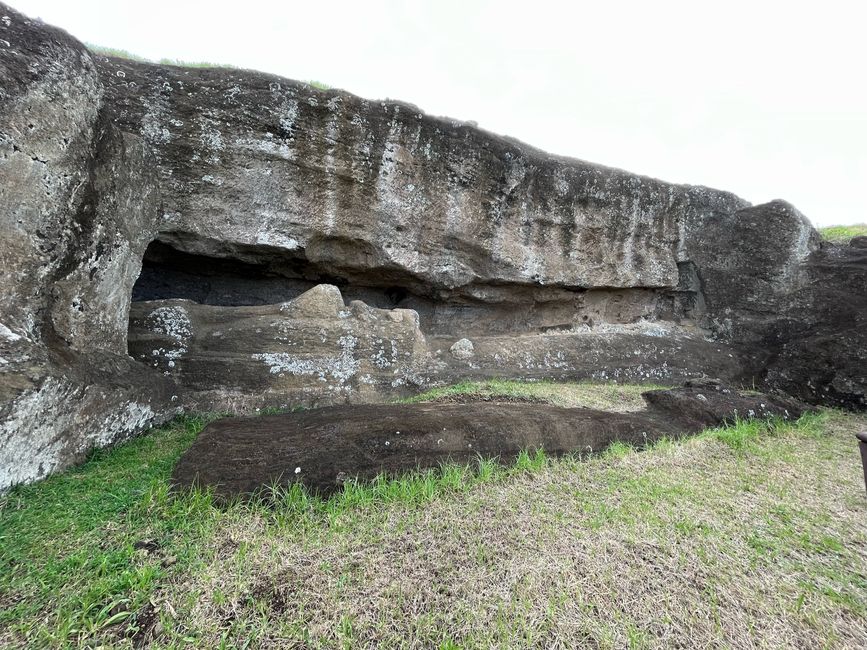
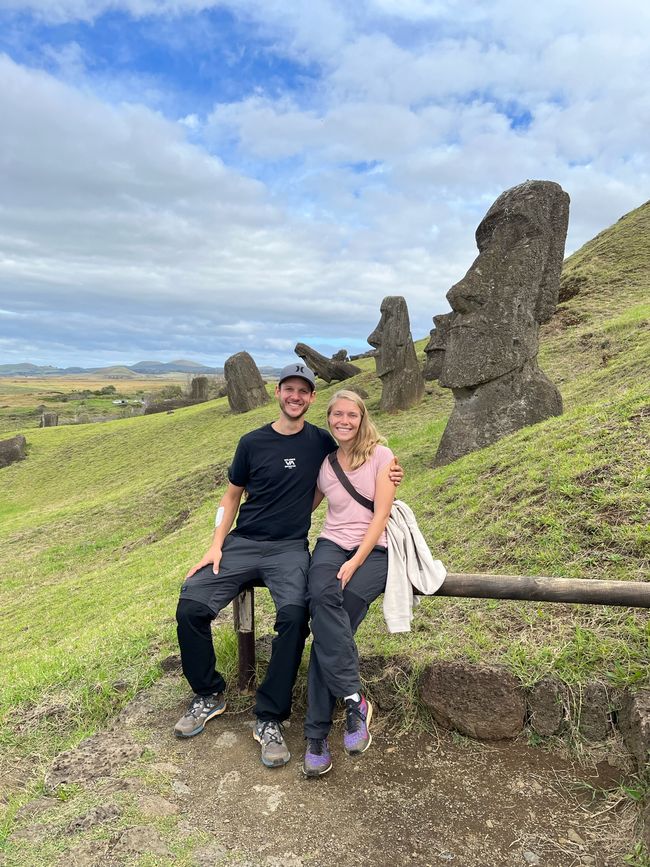
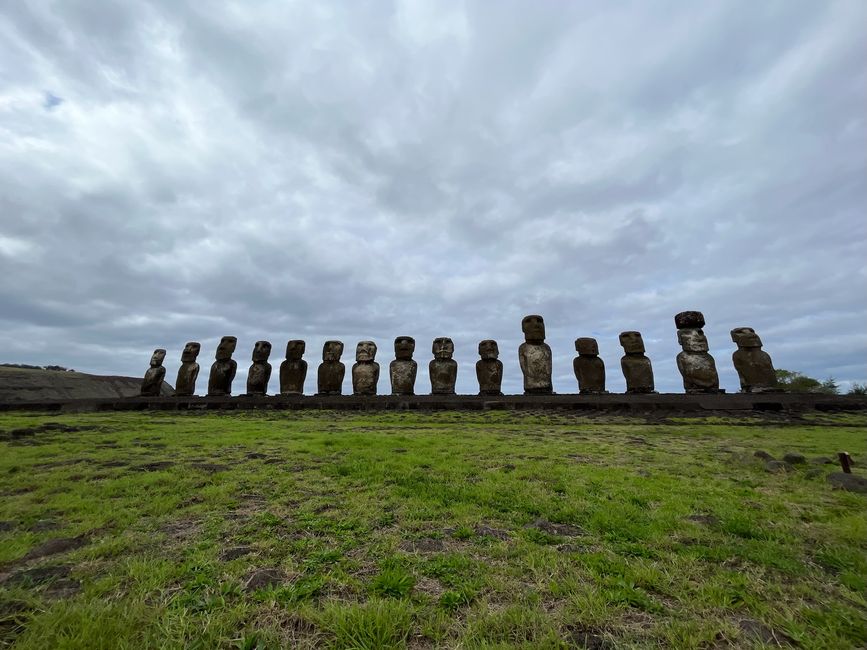
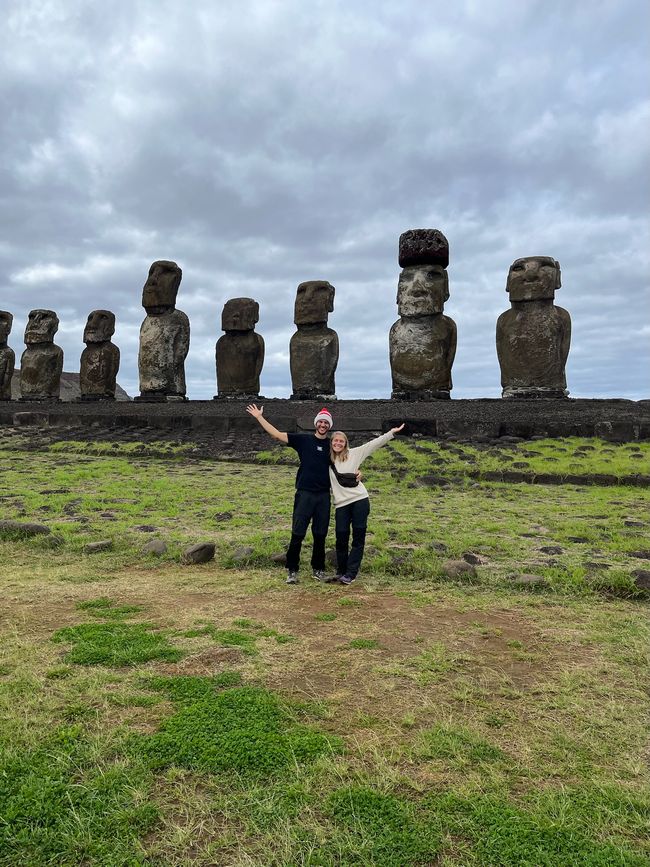
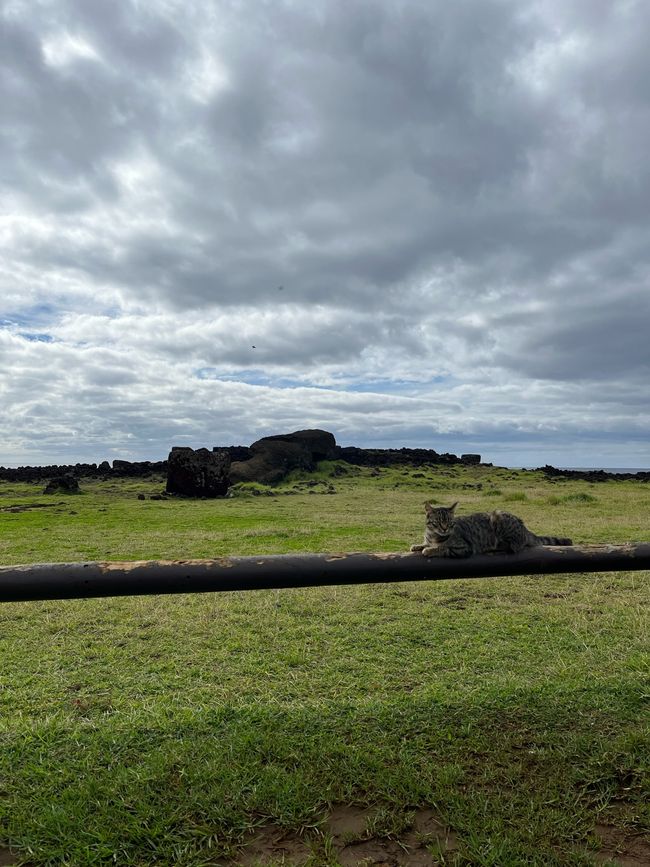
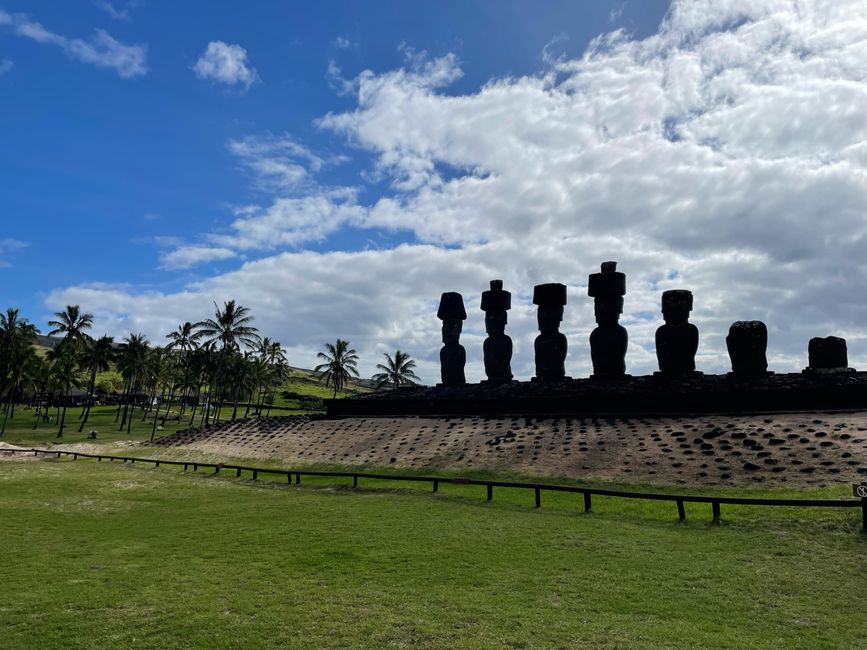
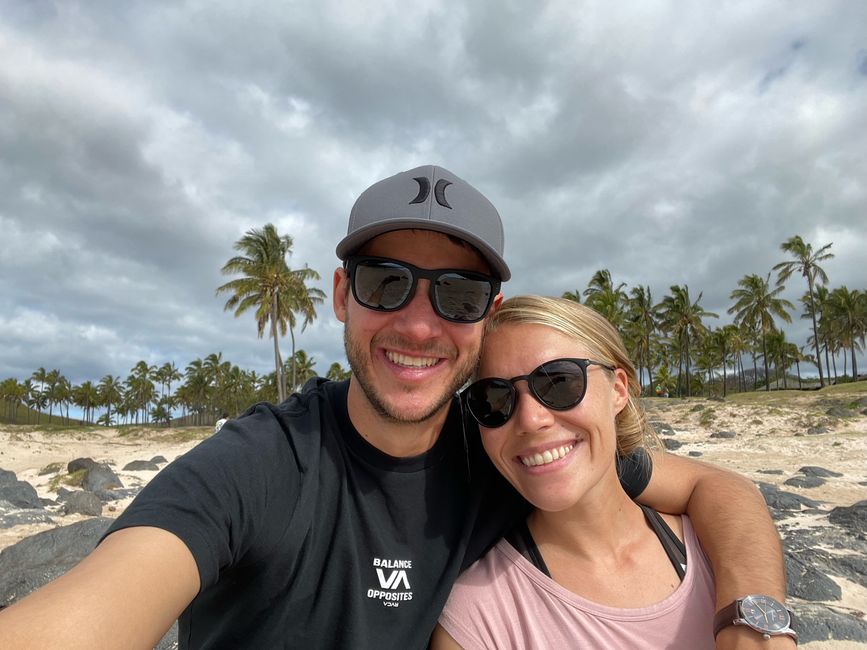
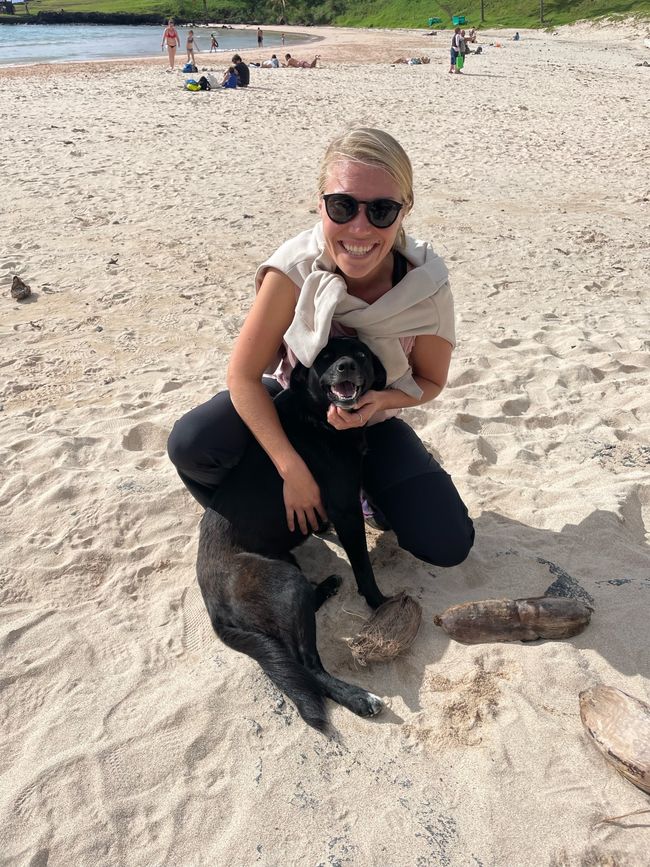
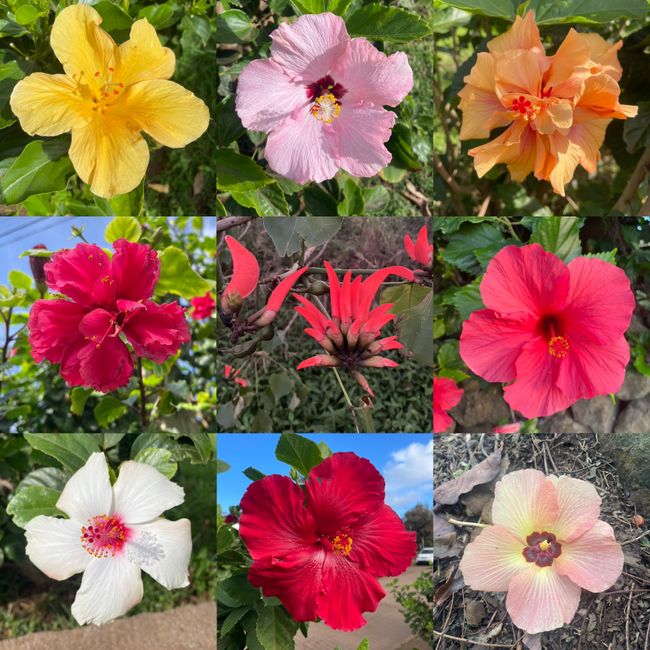
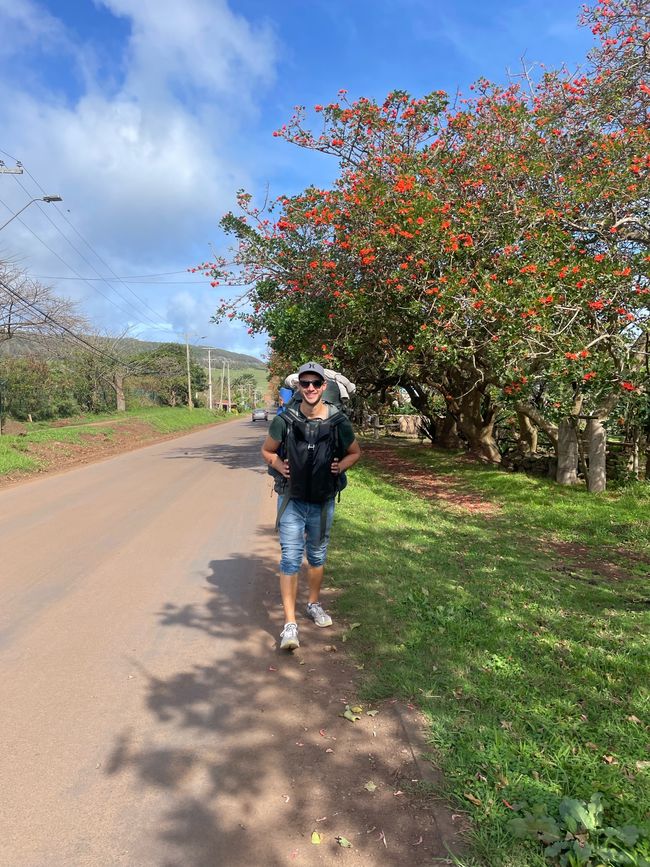
اشترك في النشرة الإخبارية
After about 5 hours of flight over 3800km of Pacific Ocean, we arrived at one of the most remote inhabited places in the world. Easter Island, or in the local language Rapa Nui, is politically part of Chile and geographically part of Polynesia, but as we perceived it, they still see themselves as a separate people. The small island is located in the middle of the ocean and has about 8000 inhabitants, mainly living in Hanga Roa, which is sort of the "capital". We walked about 20 minutes to our Airbnb, a small hut with its own bathroom and kitchen on the edge of the town. There were a few horses grazing across from us, and behind them, we could see the rugged coast where the waves crashed. We asked if the horses belonged to someone. Yes, they do, but they still roam relatively freely around here and, in our impression, do the job that kangaroos in Australia had taken on: mowing the lawn. We took a little tour of the cute Hanga Roa, accompanied by many stray dogs that were really abundant here. They were always friendly to us, but they barked at passing cars and mopeds to "drive them away" - the sound of the engines was apparently too loud for them. The landscape was really beautiful, with gentle green hills on one side and rugged black coast on the other. In the afternoon, we enjoyed a delicious empanada, and in the evening, we watched the sunset with a beer from the coast, right in front of our little hut. It was pleasantly warm during the day, but it got cool again in the evenings and nights - that's when we used our hot water bottle again. Who would have thought that South America is so cold? 😅
The next day, we took a half-day tour through the national park, which can currently only be visited with a local guide. With a medium-sized tour group, we first went to the area where the most recent volcanic eruption had occurred. By now, all the volcanoes on Rapa Nui are inactive, and the last eruptions occurred thousands of years ago. The area was once heavily populated because the volcanic soil is very fertile compared to the otherwise barren Rapa Nui. The lava has formed various tunnels and caves, which also served as dwellings for the people. We walked through one of the caves, the cueva de plátano, where there were some banana plants. Then we drove to our first ahu (= platform) with 7 moai, the Ahu Akivi. These 7 supposedly face the sea, and there are several theories as to why. The most likely version seemed to us that they were actually looking at the fertile and populated area around the lava caves. The moai were always erected facing the communities and were a demonstration of strength and considered protectors of the inhabitants. They were also part of the religion and worship of the ancestors. Finally, we went to Puna Pau, where the headgear (hairstyles) of the moai were made from red stone. The color of the stone is similar to the oxidation process in Australia and reminded us of the red soil in Western Australia. They were placed as decoration on some of the moai and with a bit of imagination, they look like a kerchief.
The next day, in the morning, we walked along the coast for a bit, and in the afternoon, we booked a dive right off the coast of Hanga Roa. The diving school was great, the instructor was very conscientious and friendly, and the equipment was excellent. After we managed our first briefing in Spanish, we went out on a small boat in very thick wetsuits and hoods, about 10 minutes off the coast. At a depth of 22m, there was a replica of a moai, as well as a lot of reef, many flute and trumpet fish, and a lot of sea urchins. Rapa Nui is generally known for its very clear underwater visibility, as there are few algae and suspended particles. We had an average day with "only" 30m visibility, which was the furthest we had ever seen in our young diving careers. In the end, Philip ran out of oxygen a bit, so he had to breathe with the instructor for a while, which worked calmly and without any problems. The whole dive was a really cool experience! Afterward, we enjoyed a piece of cake (which is called the same in Chilean), before we walked back to our hut and cooked something delicious for dinner.
The following day, we started with a little hike to the Rano Kau volcano, one of the three volcanoes that formed Rapa Nui in the past. It has a large crater lake with small islands floating on it, which looked very pretty. In the afternoon, the next highlight awaited us: a horse riding tour. We had wanted to do this for a long time, as Uli had told us that 40 years ago, you could only reach the Terevaka volcano on foot or on a horse. And it's still the case today! With its proud height of 511m, it is the highest "mountain" on Rapa Nui. The ranch was huge, the horses had incredibly plenty of space, and they all looked funny with their long winter fur. Jana's horse was a little troublemaker, always wanting to be in front and occasionally biting Philip's horse. Of course, the horses knew the way better than us and walked straight toward the volcano peak, completely unaffected by Jana's attempts to steer or drive them in any direction using gentle leg pressure - the style of riding here is a bit different, you hold the long reins in one hand, and the ends of the reins are also the whip. We asked our guide, who rode along behind us very calmly, if we could gallop. He explained the command to us, and then we galloped like mad over the green hills, it was so great and a real feeling of freedom! The horses here are very sure-footed because we went over sticks and stones, through mud and slippery grass up the steep mountain. In the end, they were pretty sweaty at the top. The top of the volcano was rather unspectacular, there was a small replica of a moai and a few sticks. But the view and the riding were really, really cool!
The next day, on the way to the town, Jana was chased by a mean, enormous duck that specifically had it in for her for no apparent reason. Philip seemed uninteresting, and the duck aggressively fluttered behind her for several hundred meters, not being deterred by threatening gestures or gentle kicks from Philip - who finally mustered the energy to defend Jana after a long laugh 😜 In the end, there were no injuries on either side, just a new aversion to ducks in addition to roosters. We continued walking to Ahu Tahai, which can be visited without a guide, and then to the free museum founded by a German immigrant. It showed the history of the population and the moai. The island was settled from Polynesia, probably only about 1000 years ago! The isolated Rapanui, who had been living there until then, were officially "discovered" by a Dutchman who landed there on Easter Sunday 1722 and gave the island its name. Afterward, there were many expeditions by researchers from various countries, some of whom introduced infectious diseases and contributed to the decline in population. In the 19th century, many inhabitants were then enslaved and taken to Peru, which almost wiped out the Rapanui, along with the diseases, leaving only 111. But now there are again 8000, including some Chileans from the mainland, which is also the source of the supply of what cannot be grown locally. They are transported either by airplane, which arrives three times a week, or by container ship.
The next-to-last day, we took the big tour through the national park, this time with a private guide, Tito. The tour was originally planned in English, but since we are now quite proficient in Spanish and Tito's English was rather limited, we ended up doing the entire tour in Spanish. First, we saw ruins where a large community used to live, we saw toppled moai and remnants of stone houses. The moai were knocked over and partly destroyed during various civil wars. Then we drove to the actual highlight of the island, the quarry at the Rano Raraku volcano. It was very, very impressive. The moai were carved out of the volcanic rock using solid stone tools and only brought out at the end. Afterwards, they were placed in earthen holes to give them stability, and then the backside was finished. In the end, they were brought to their respective platforms, although to this day it is a mystery how these sometimes 60-ton giants were transported. On-site, the eye sockets were chiseled, and the actual eyes made of white coral and a red or black iris were inserted. The largest moai in the quarry, "El Gigante," is about 22m long but is still embedded in the stone, so it was never finished. The erected moai have sunk deep into the ground because over the years and erosion, the earth has accumulated more and more. Then we went to Ahu Tongariki, where 15 moai stand. In 1960 they were knocked over by a terrible tsunami but then were re-erected and partially restored in small areas. Then we went to see the largest transported moai, which was about 10m tall but lying on its front. This time, our second guide was a cat that walked with us 😁 Next to it was an allegedly "magical" round stone, which esotericists refer to as "the navel of the world." Well, we thought it just looked like an ordinary stone. In the end, we went to Anakena, a beautiful sandy beach with two platforms and surrounded by palm trees that were brought from Tahiti 60 years ago to make it more attractive. Since we finished quite early, we then quickly drove to Tito's house, met his wife Keka, and had a coffee together.
What can we say! We were incredibly impressed by Easter Island, and we are glad that we were not deterred by the somewhat difficult journey and the expensive prices on-site. In addition to the impressive moai, the island has so much more to offer, and we are very grateful that we were able to visit this hidden corner of the earth!
Now we are heading back to Santiago from where we will go to Valparaíso tomorrow.
اشترك في النشرة الإخبارية
إجابة
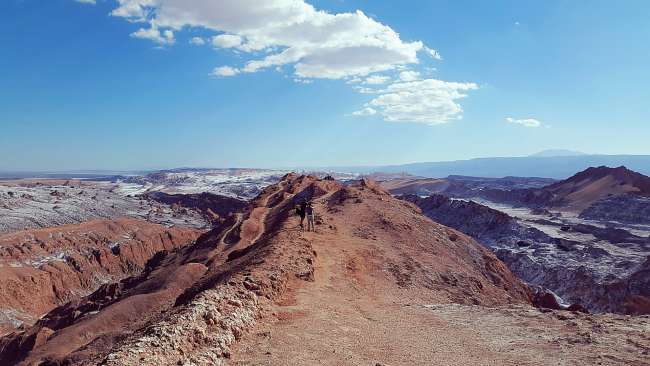
تقارير السفر تشيلي
